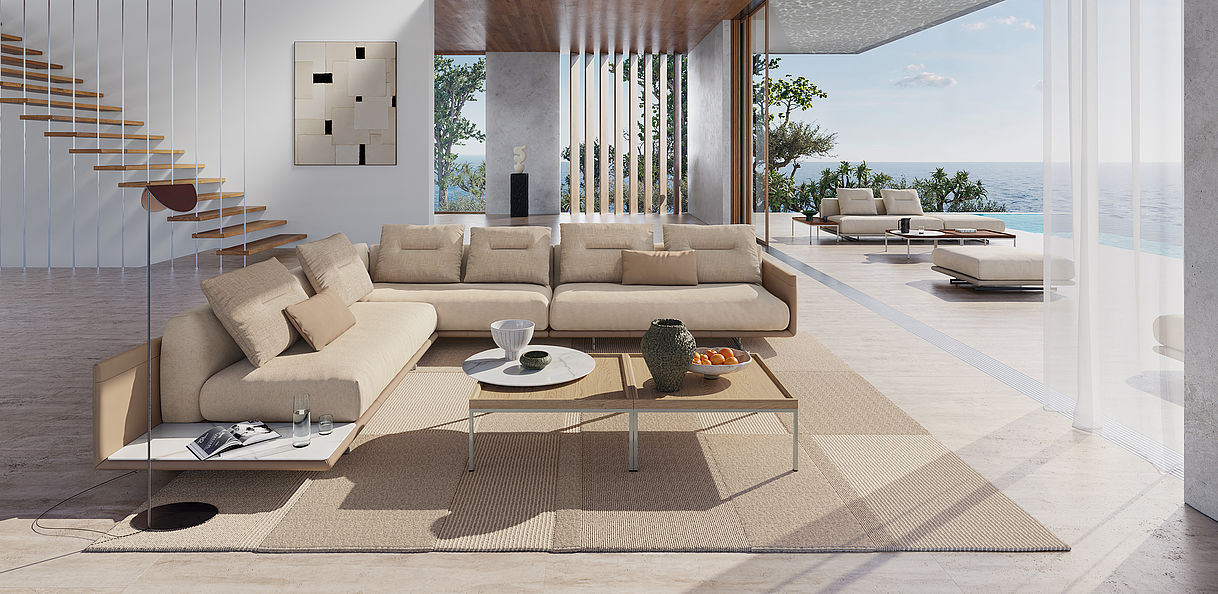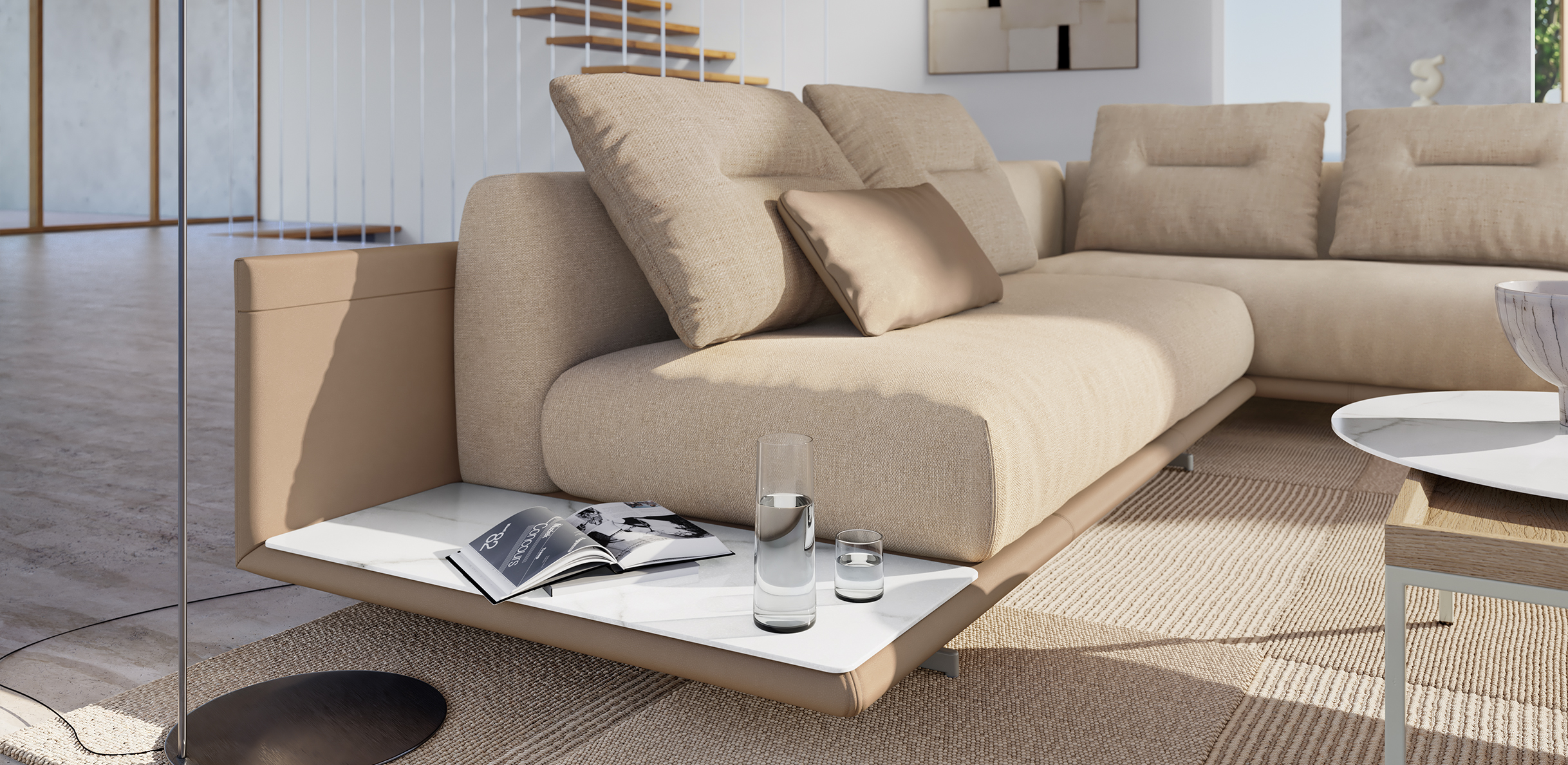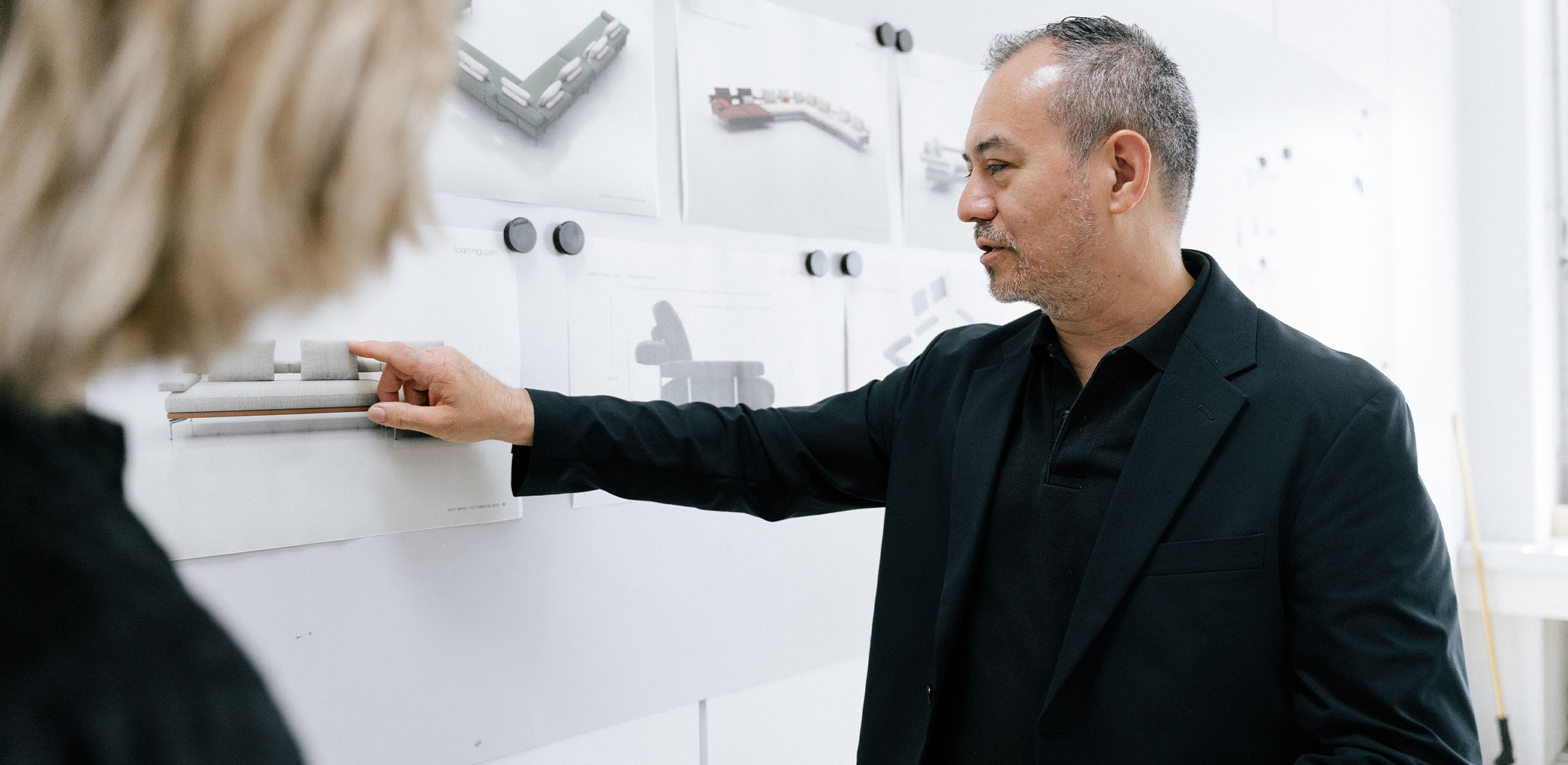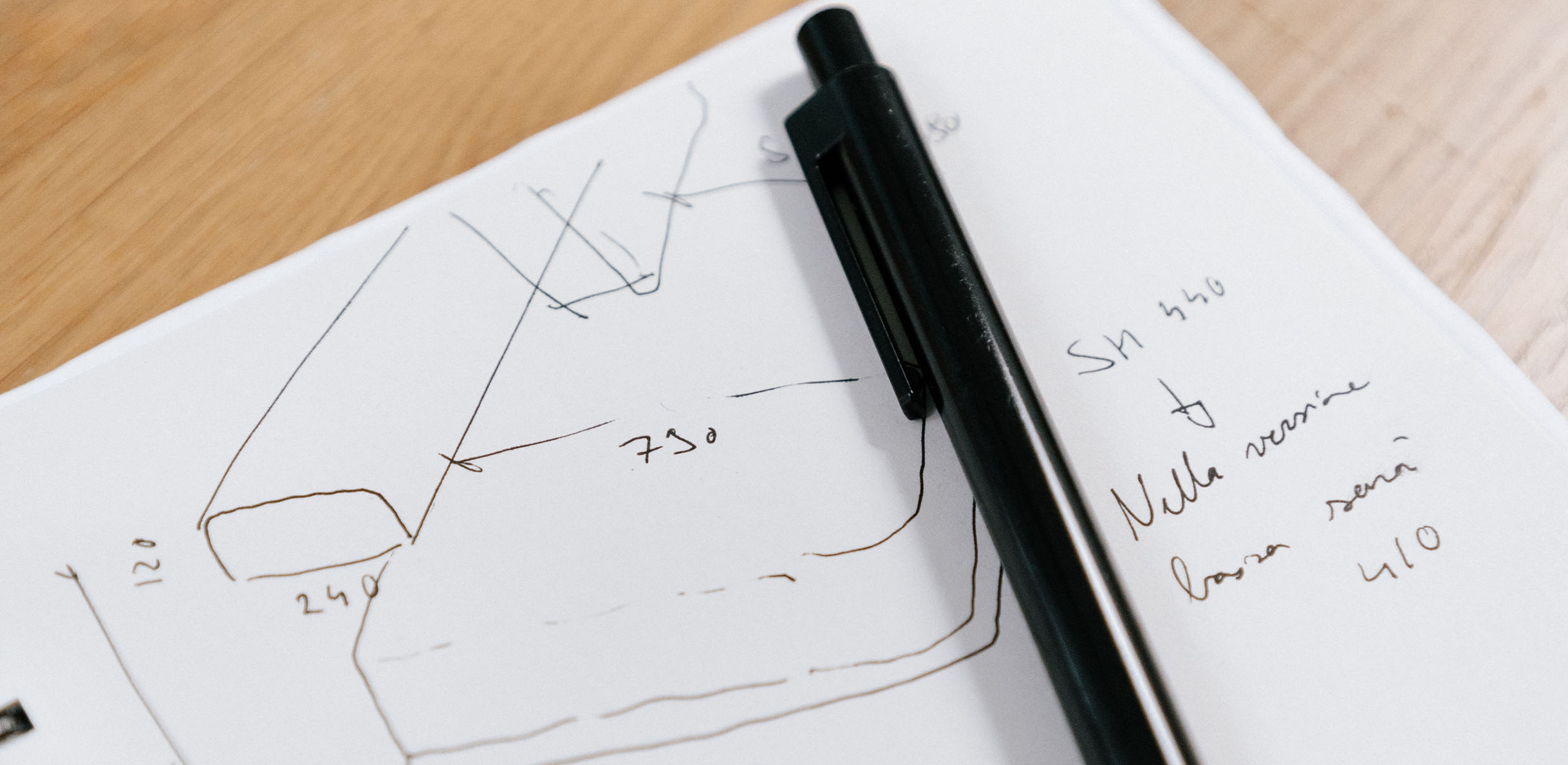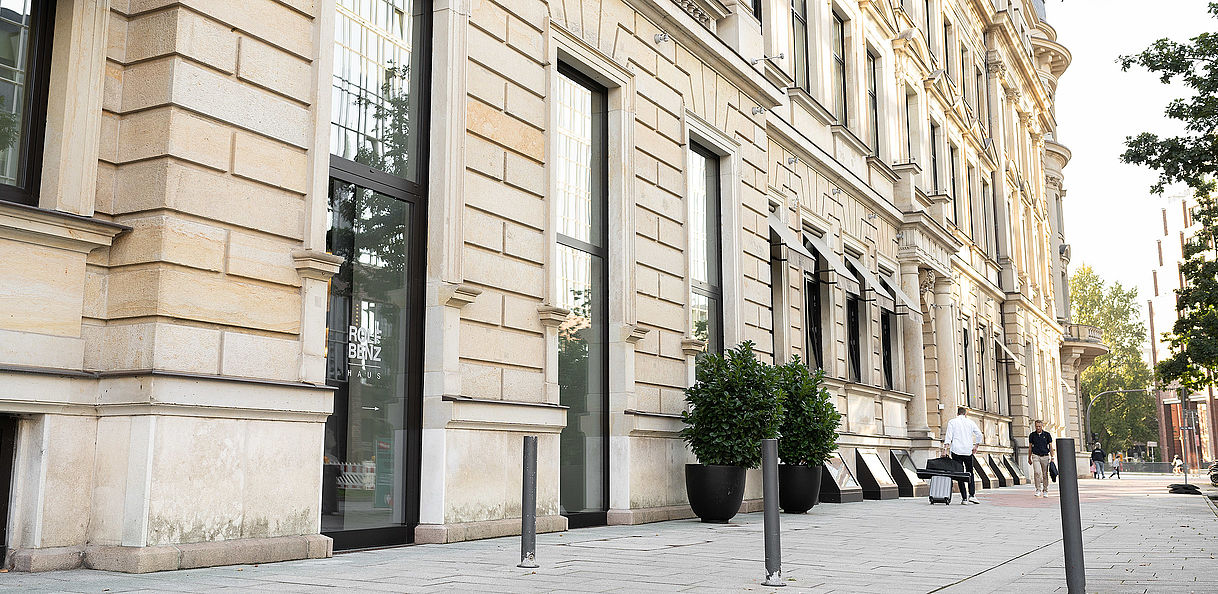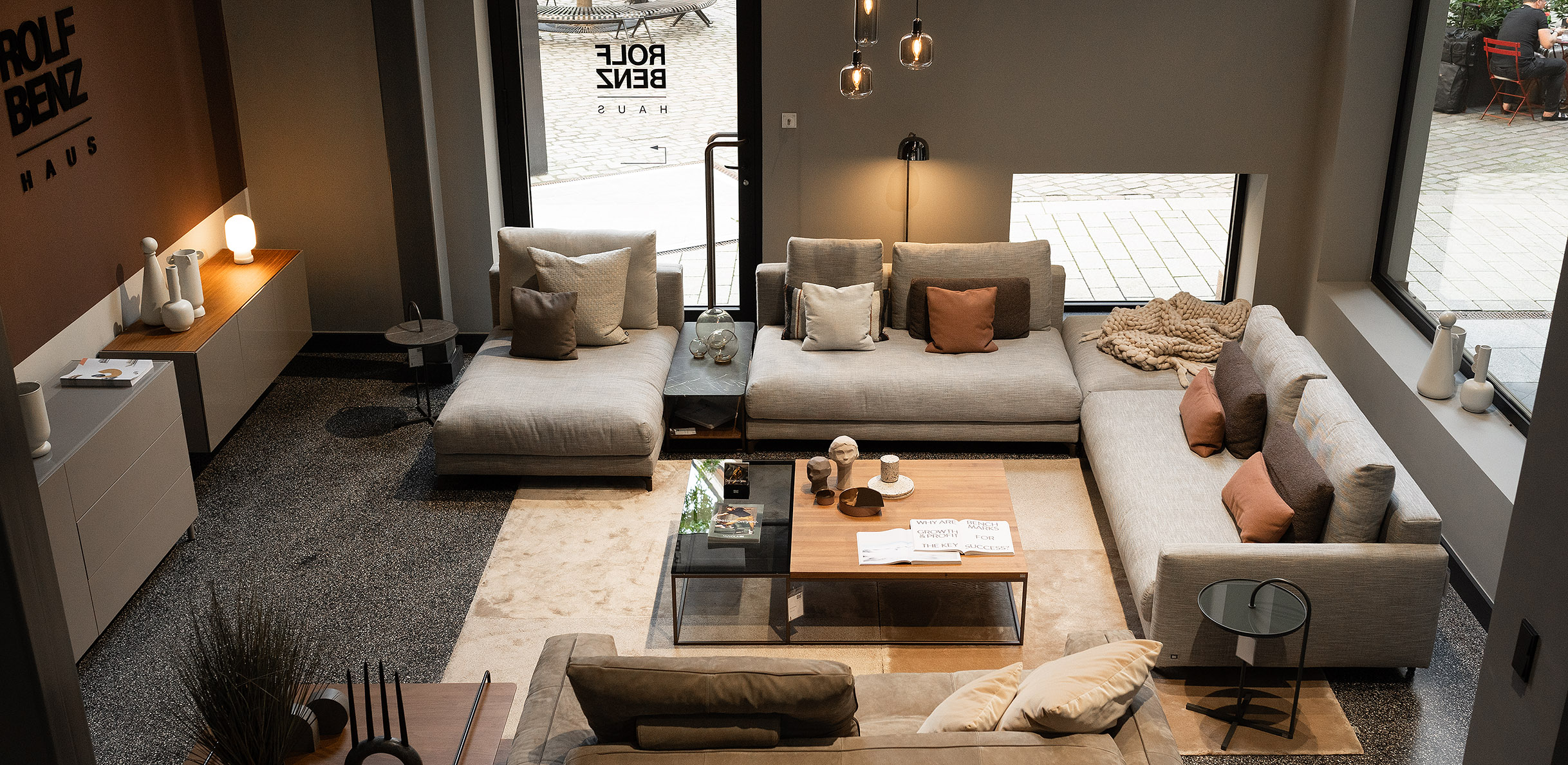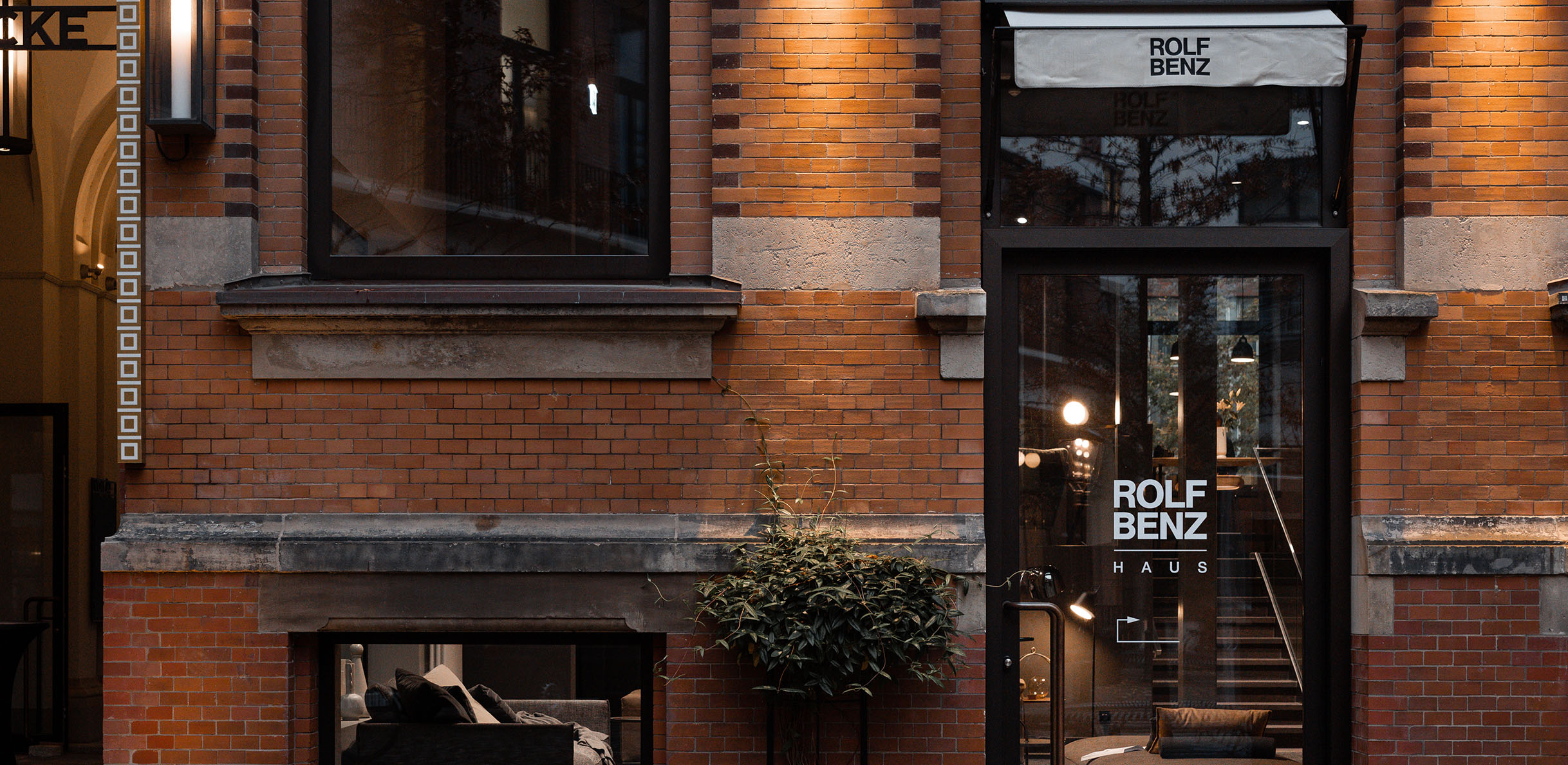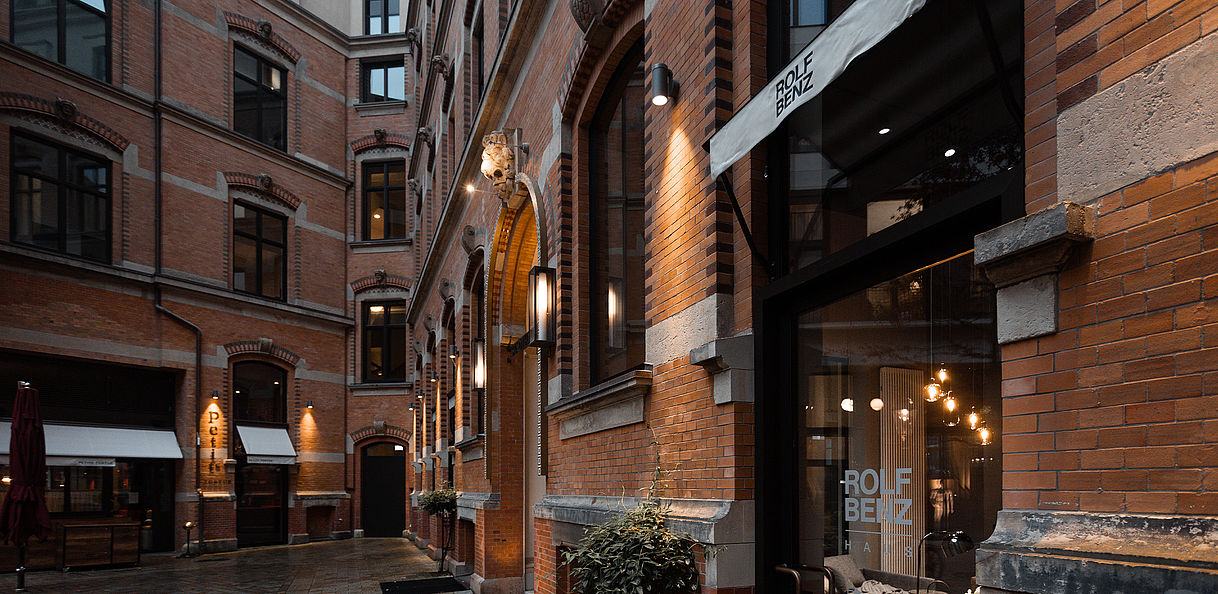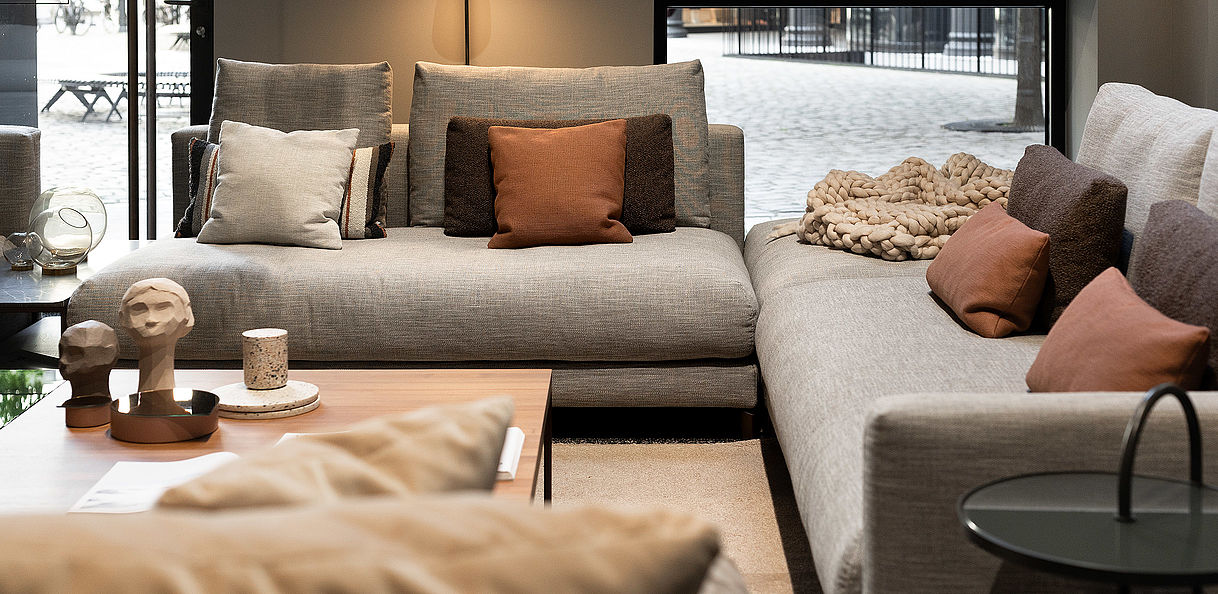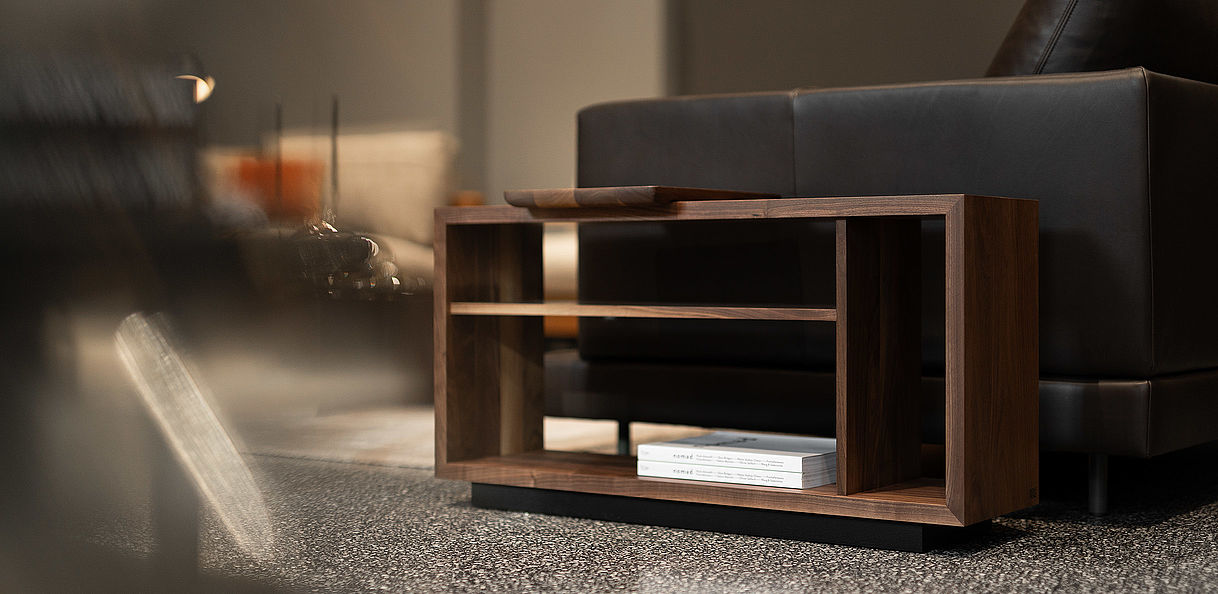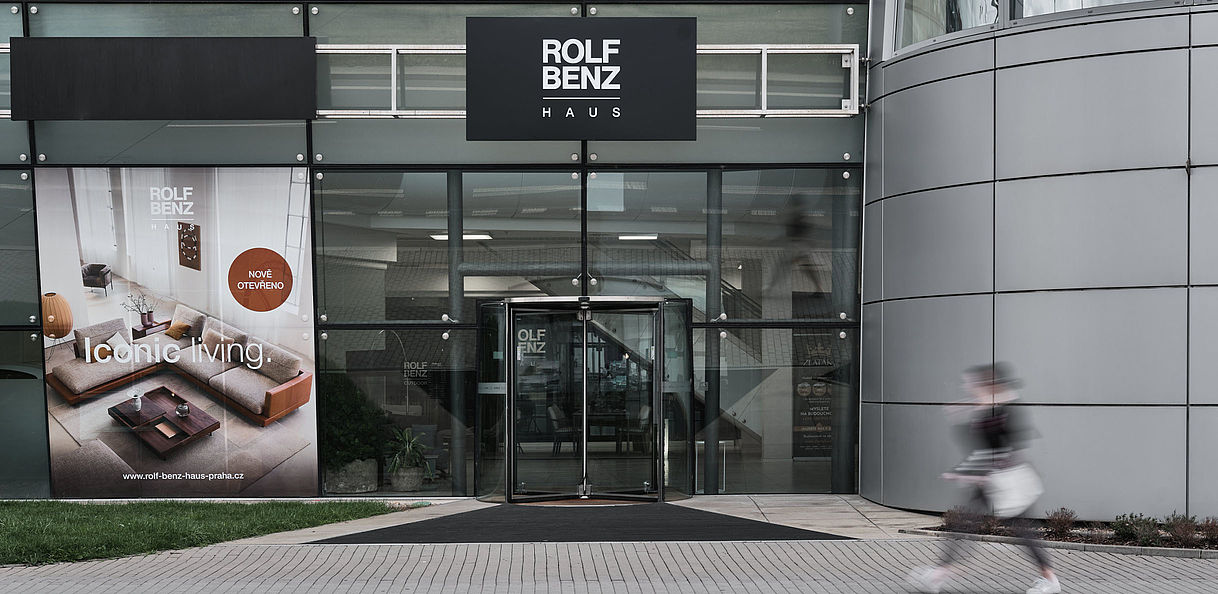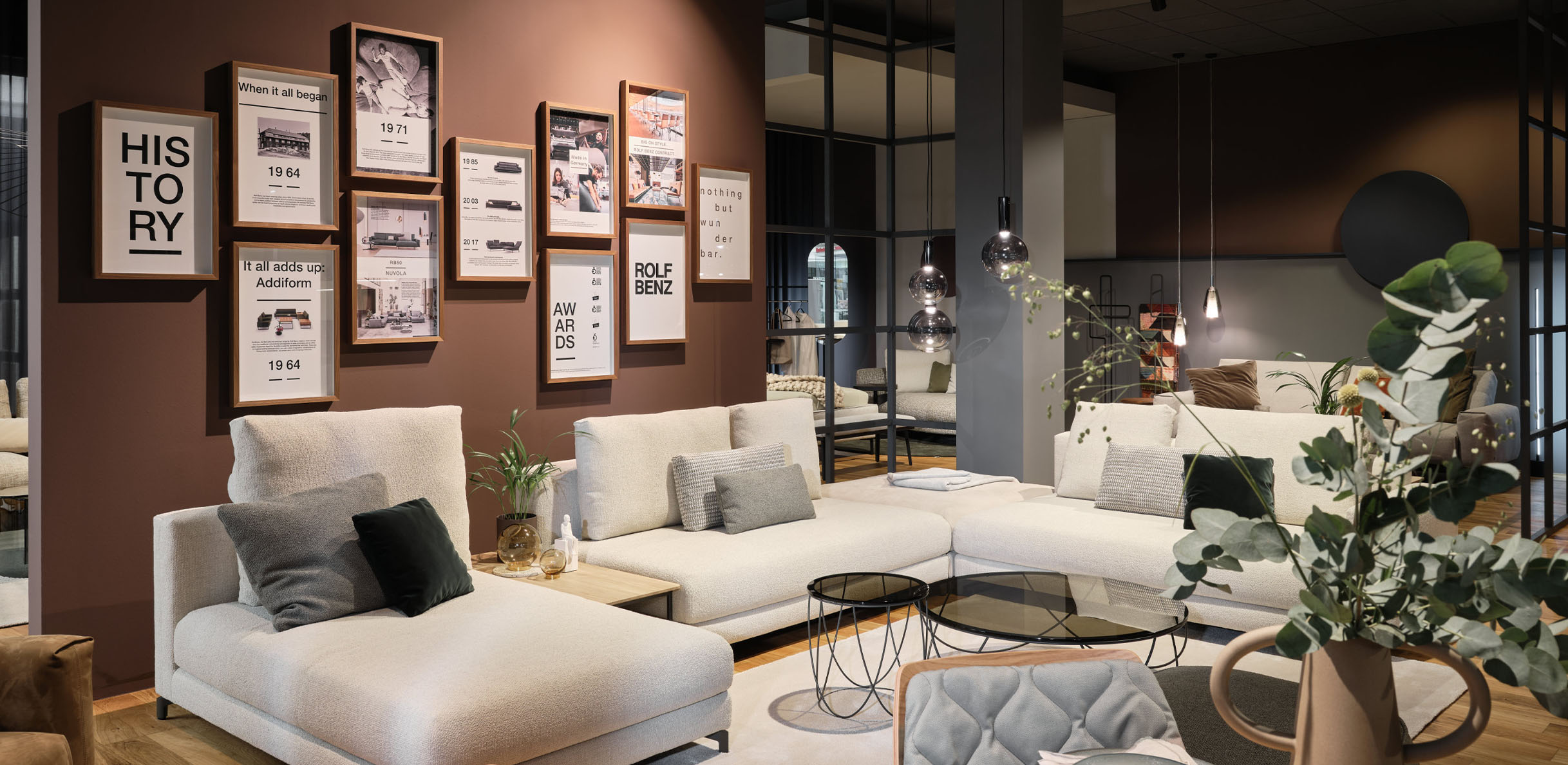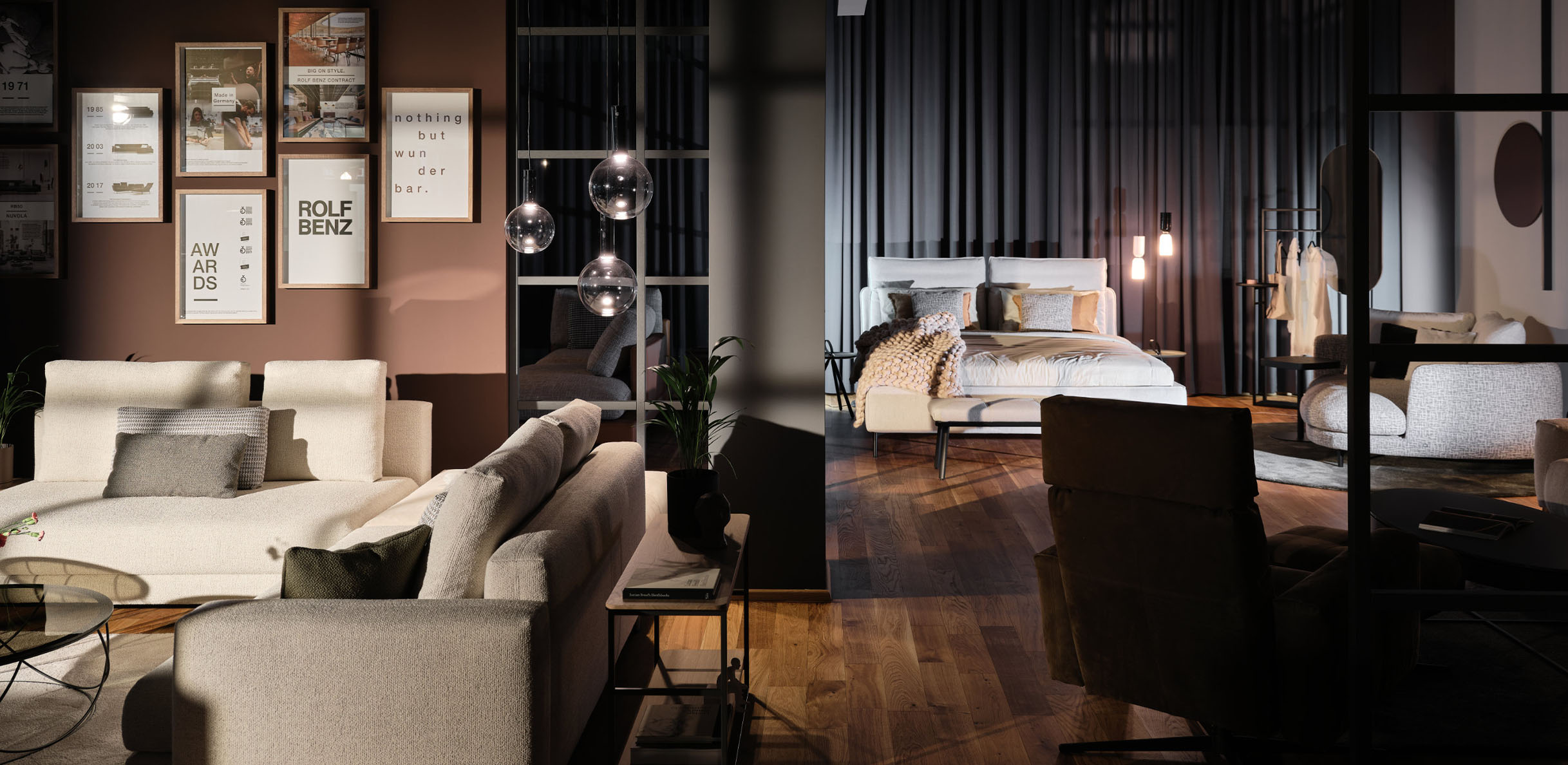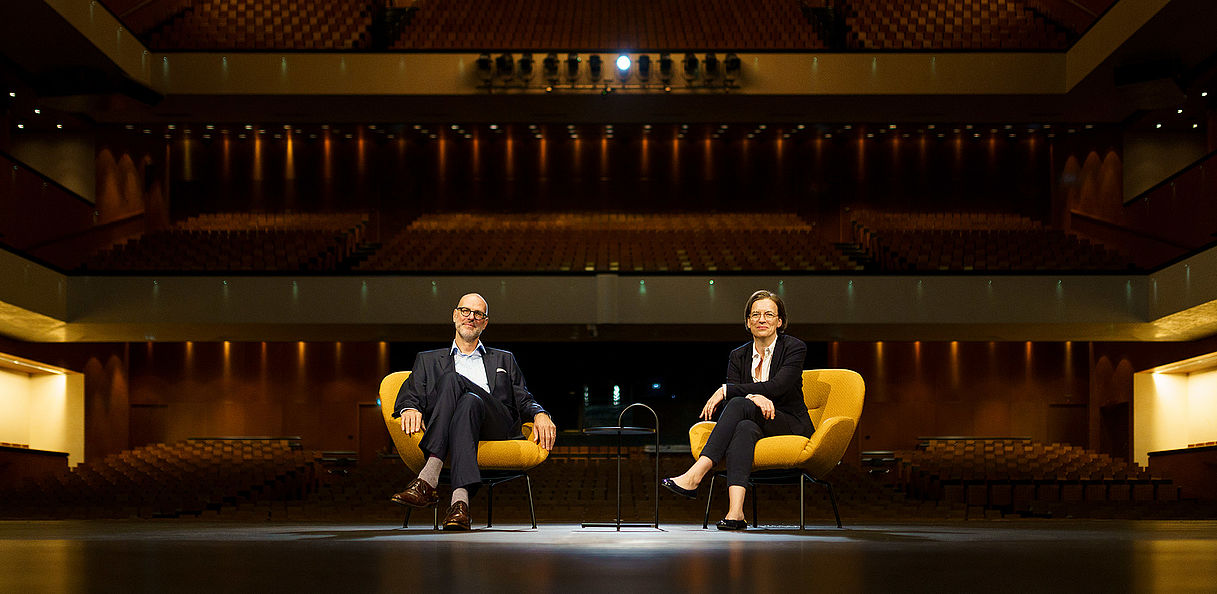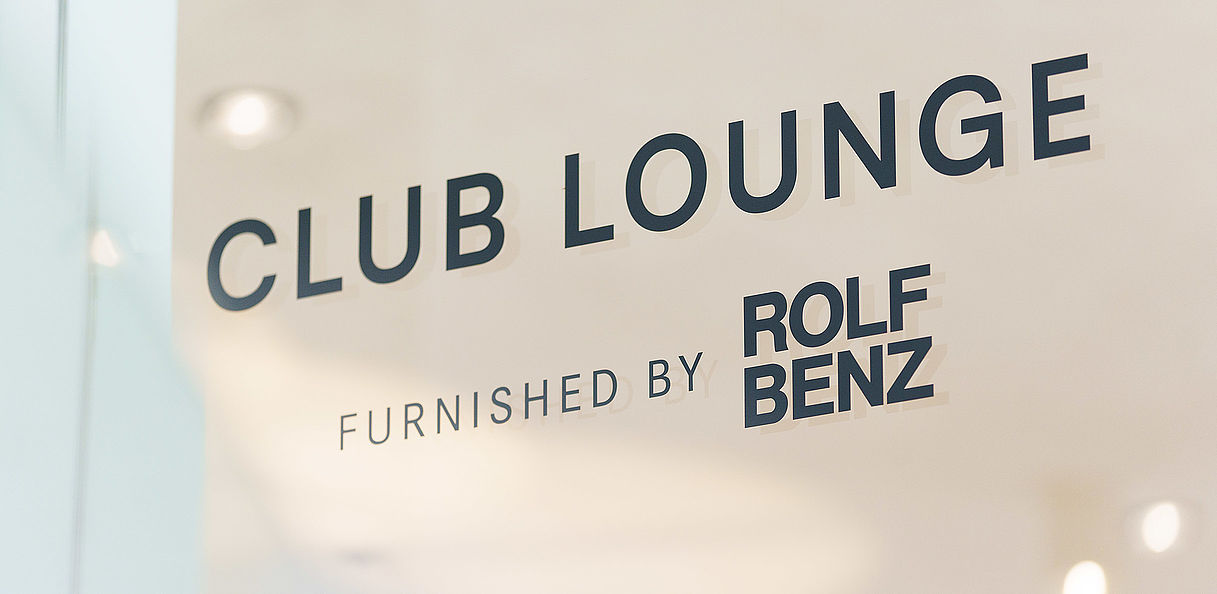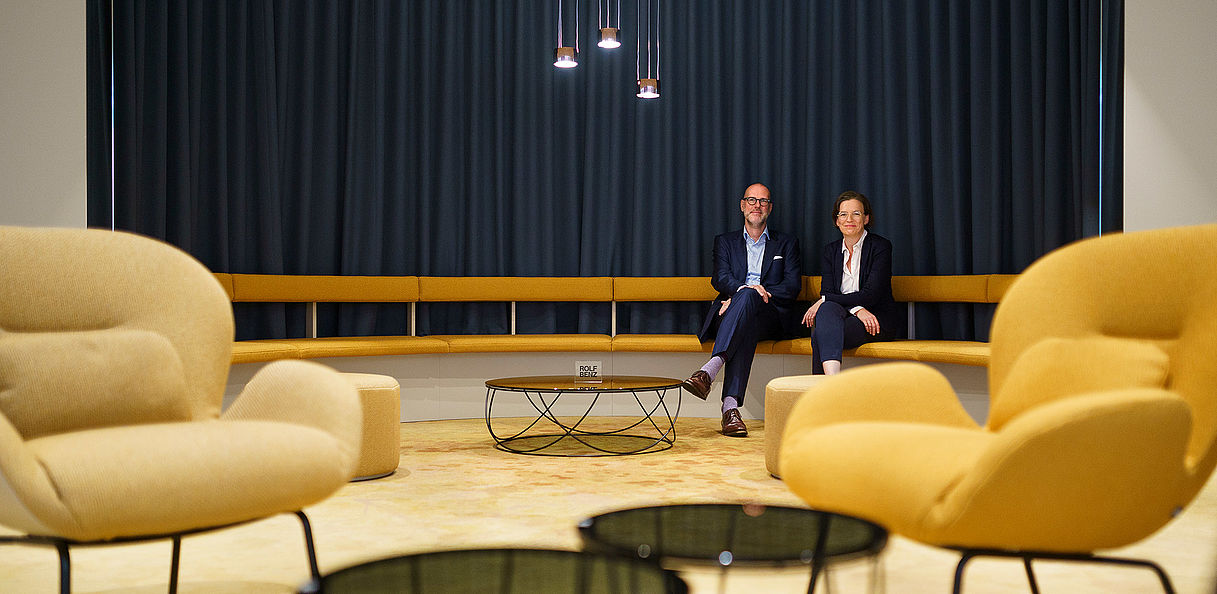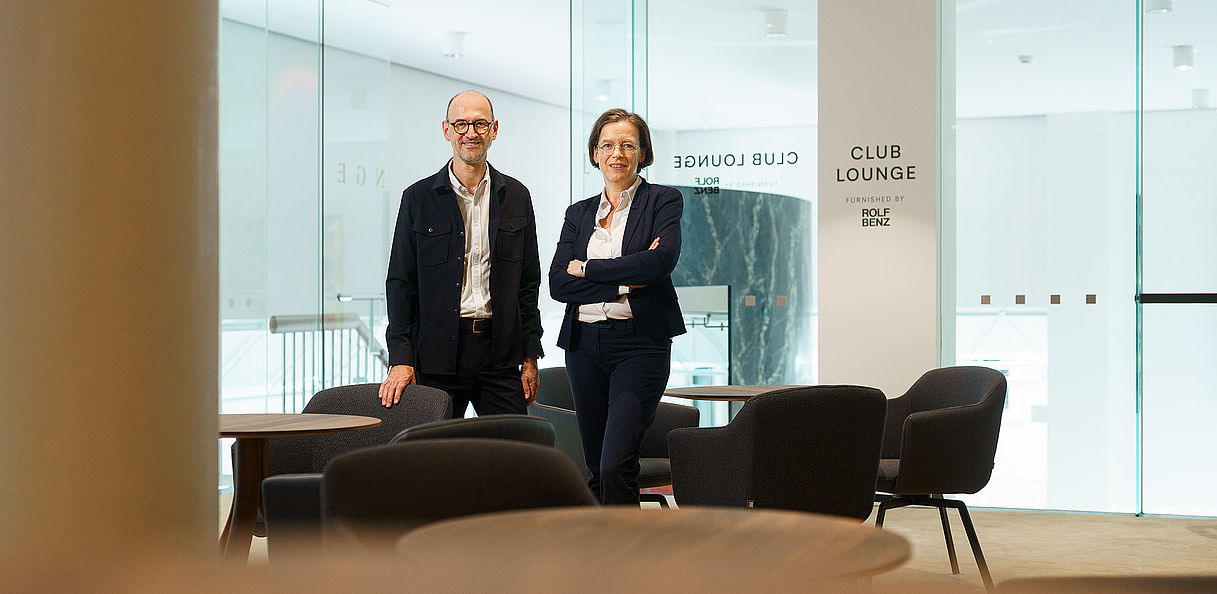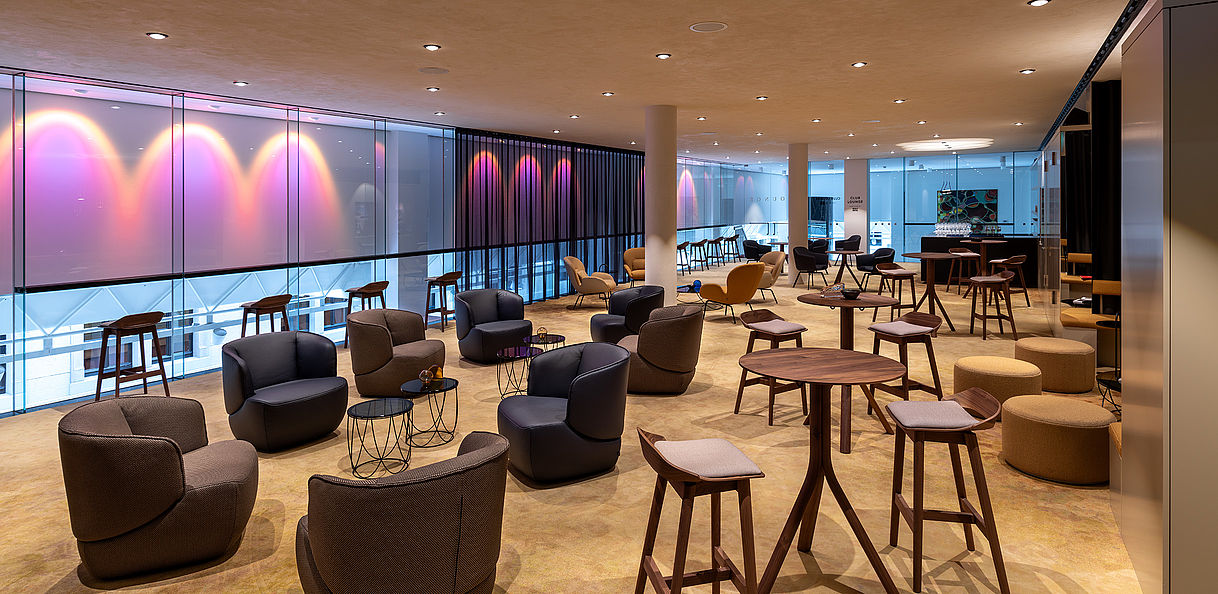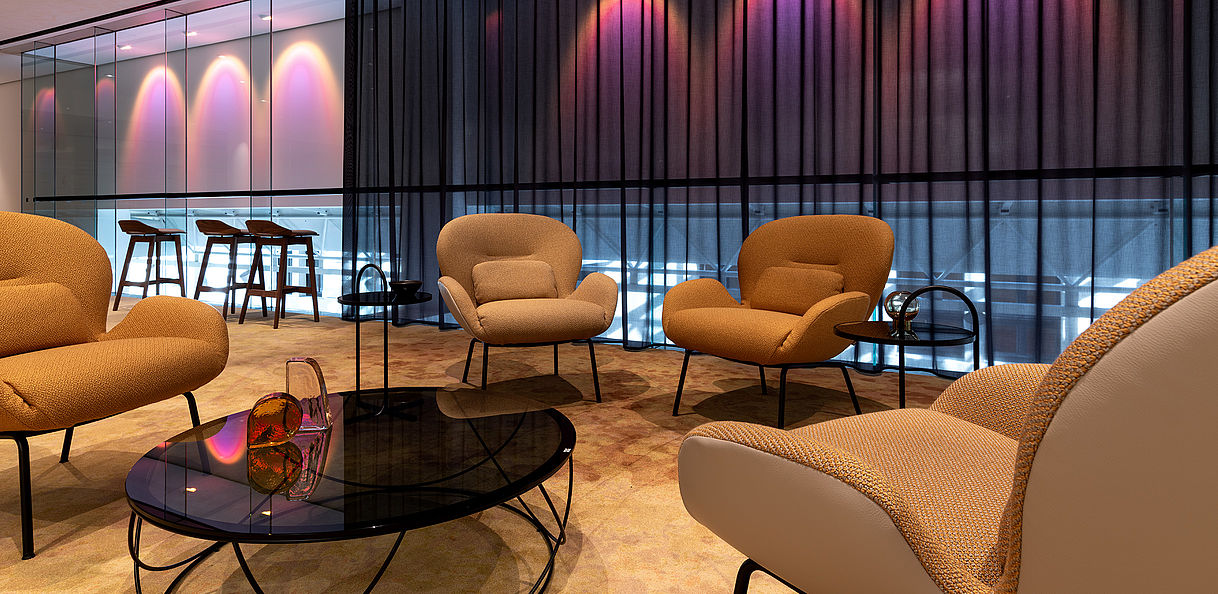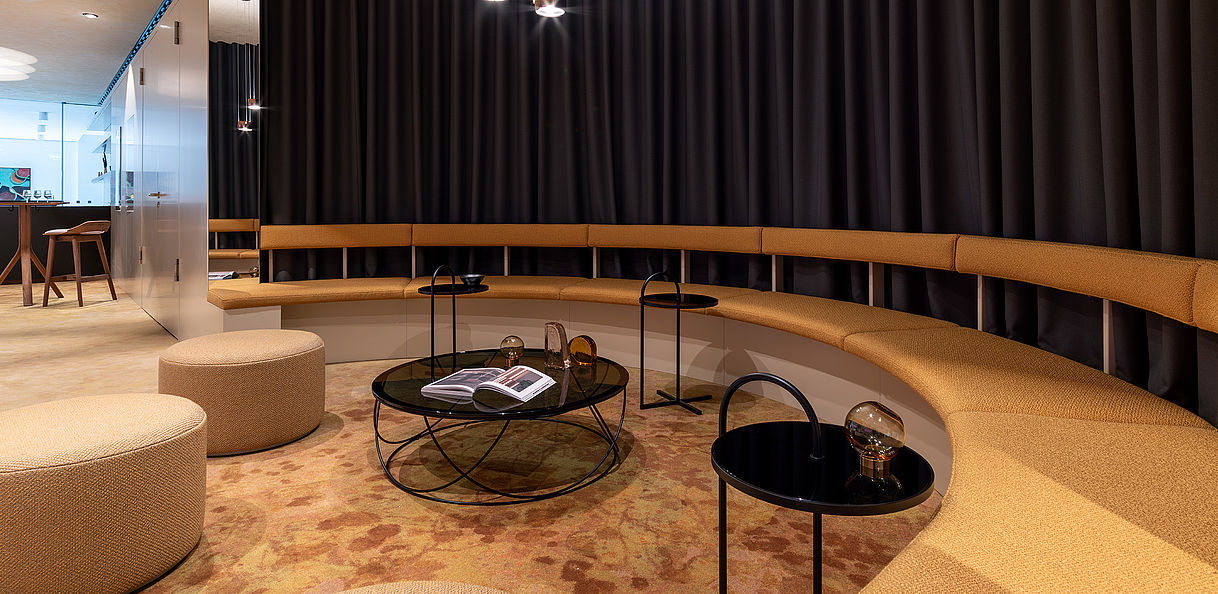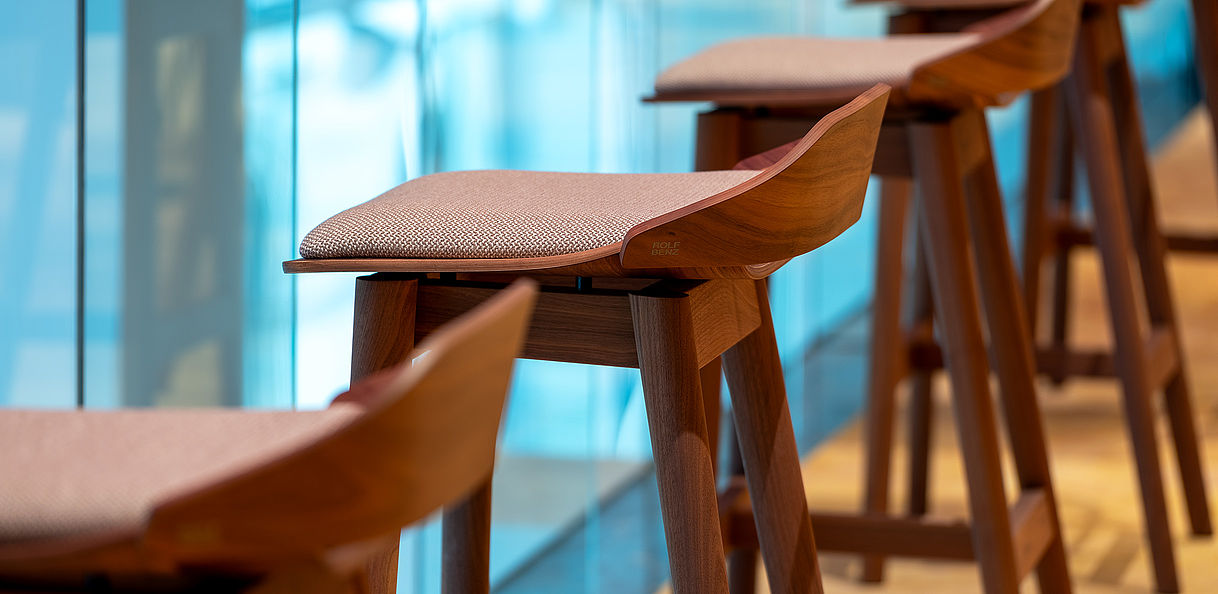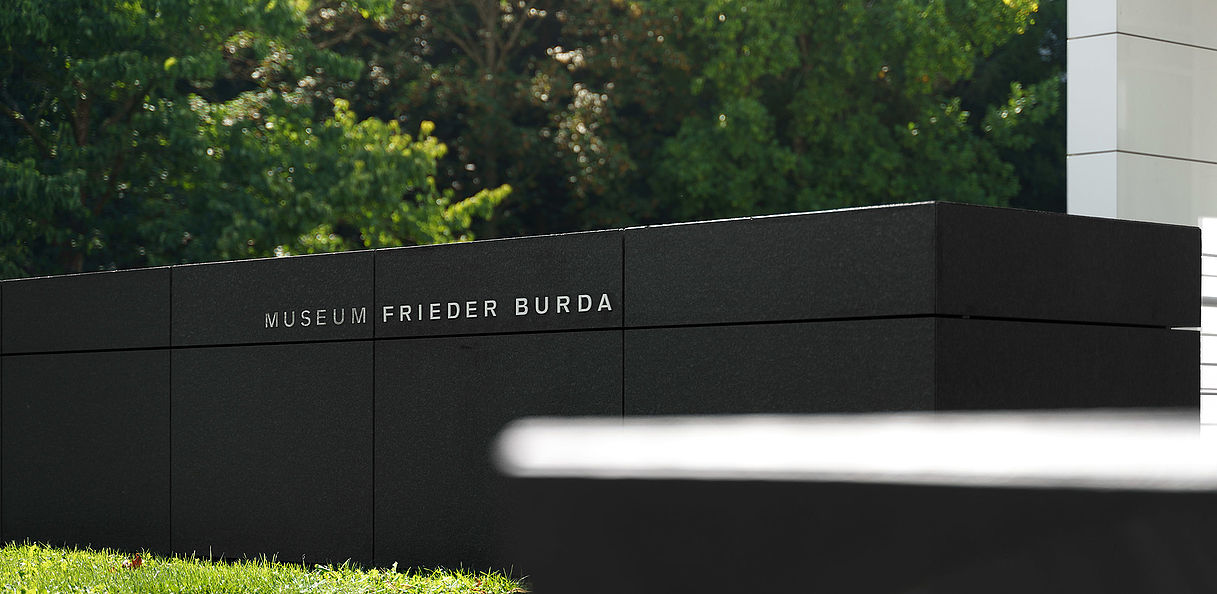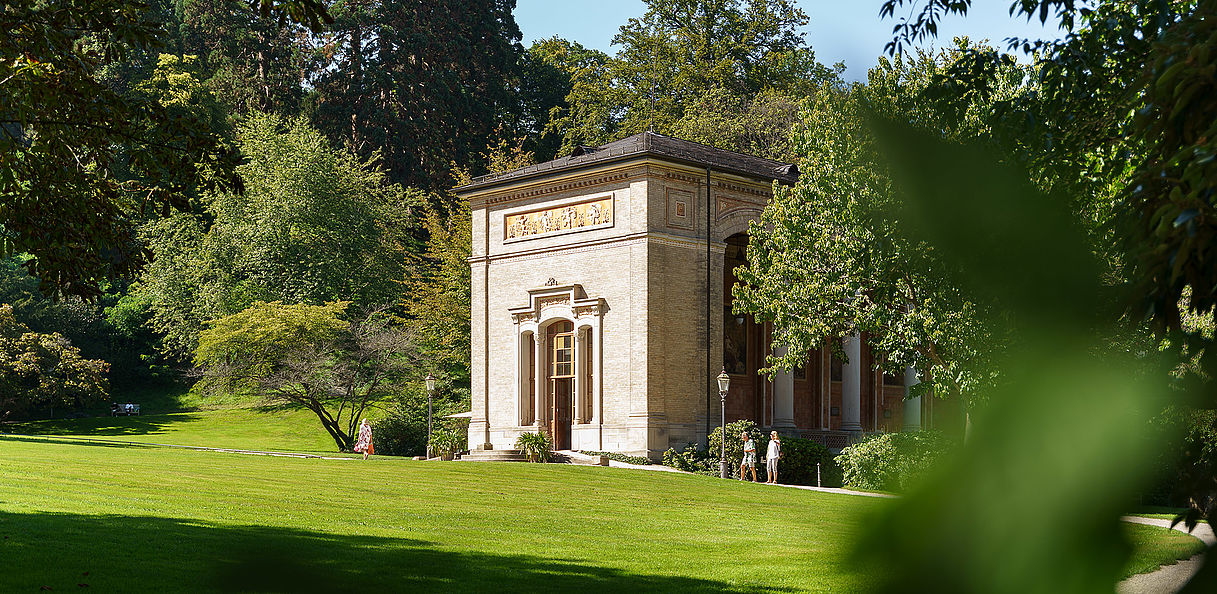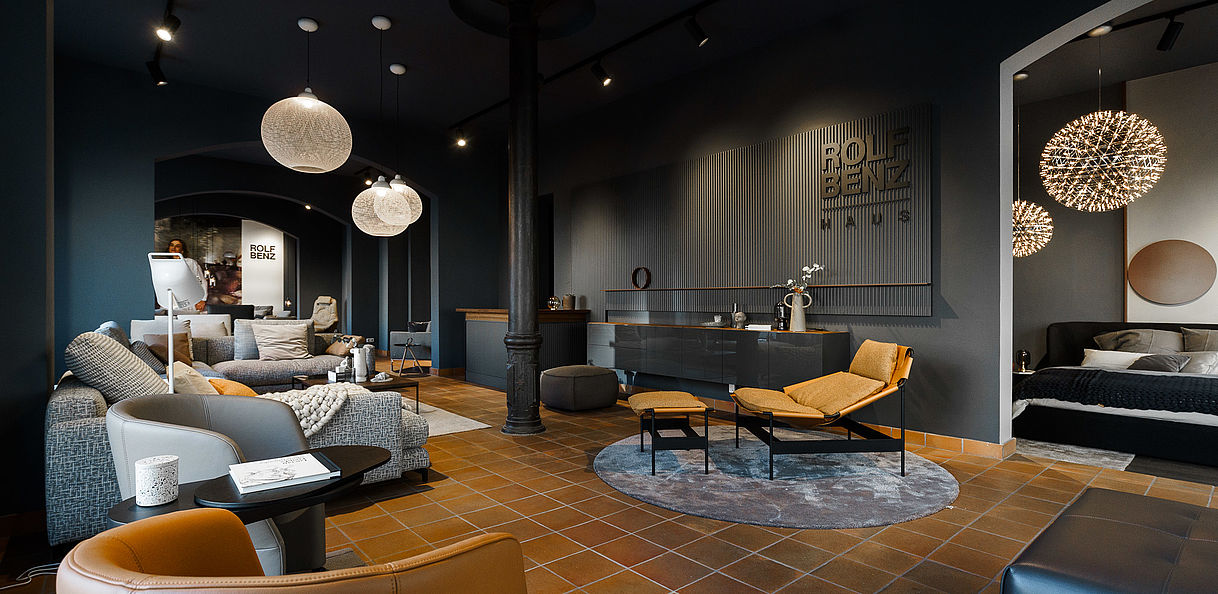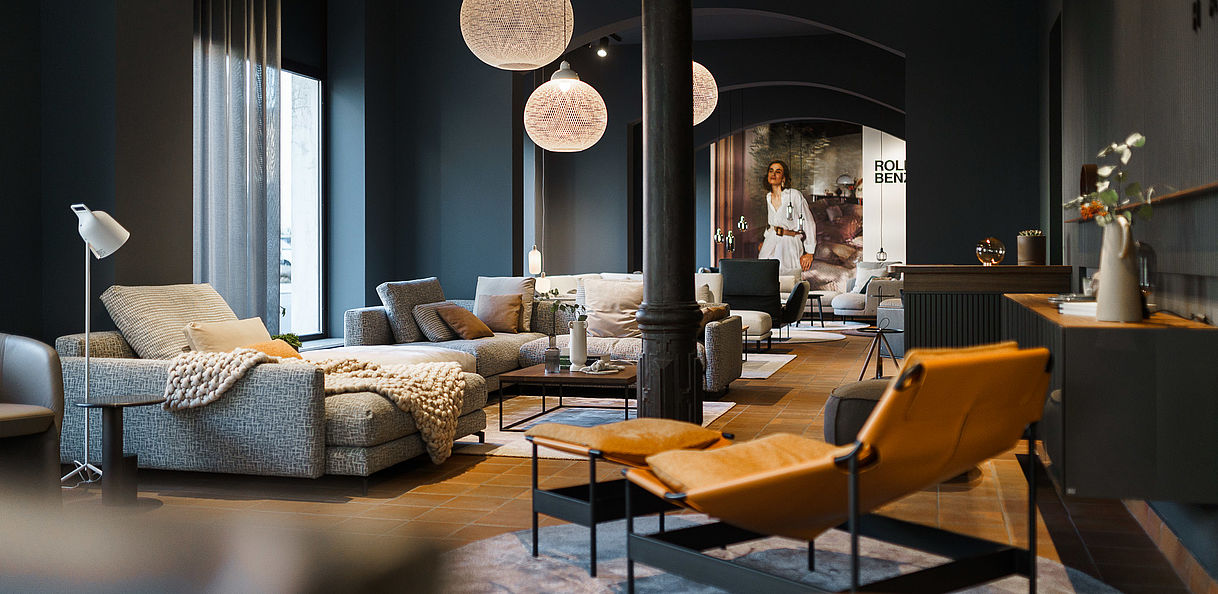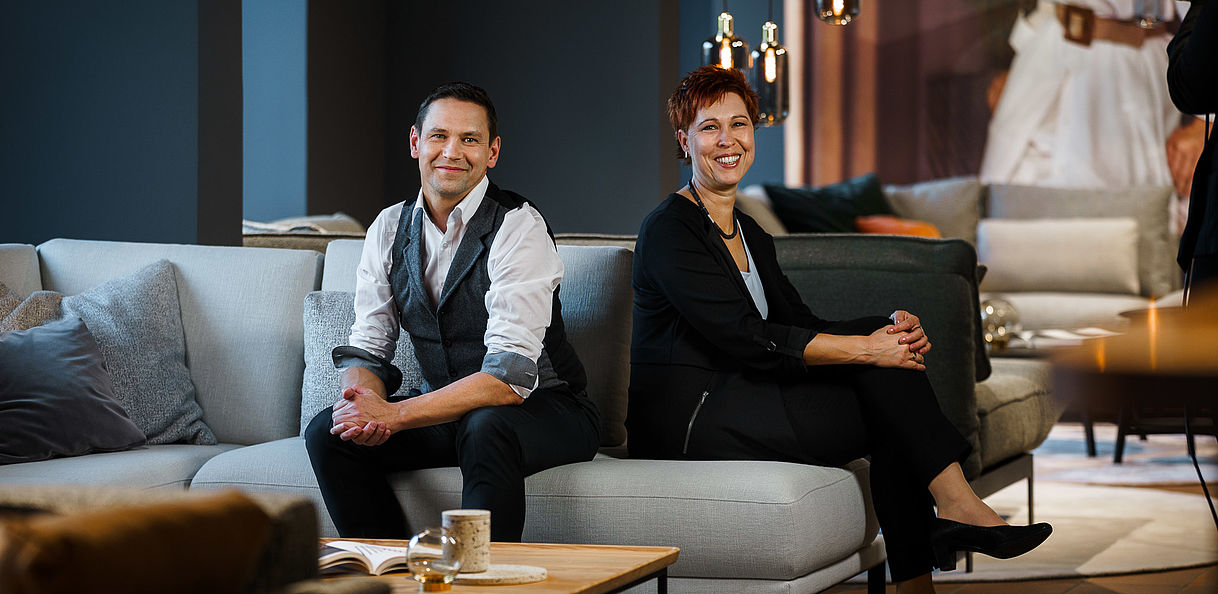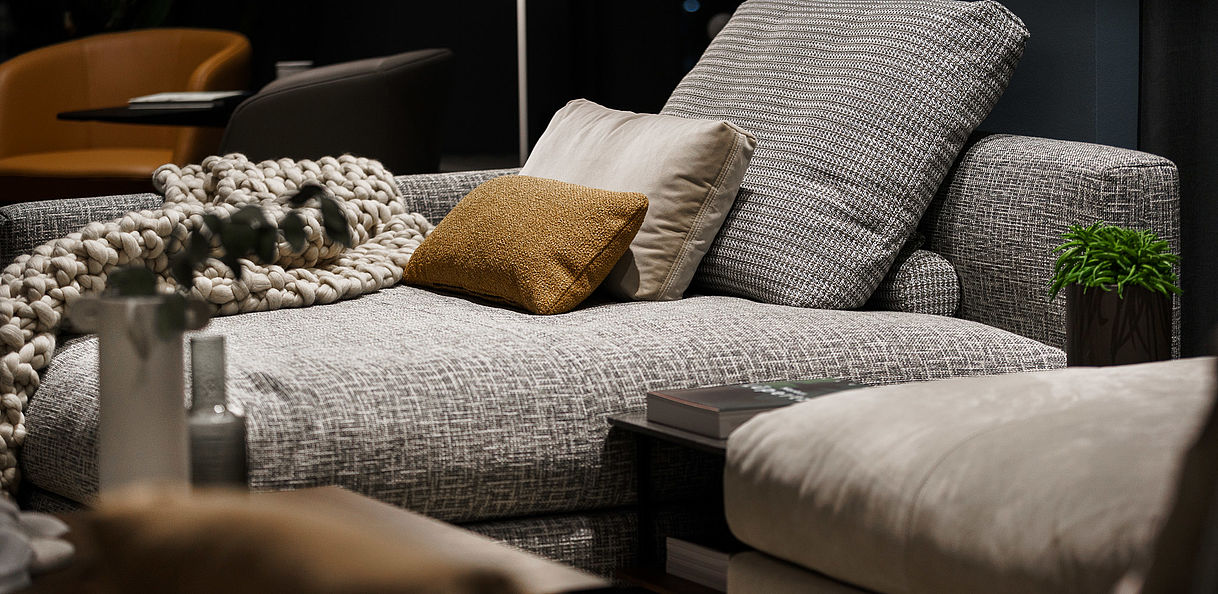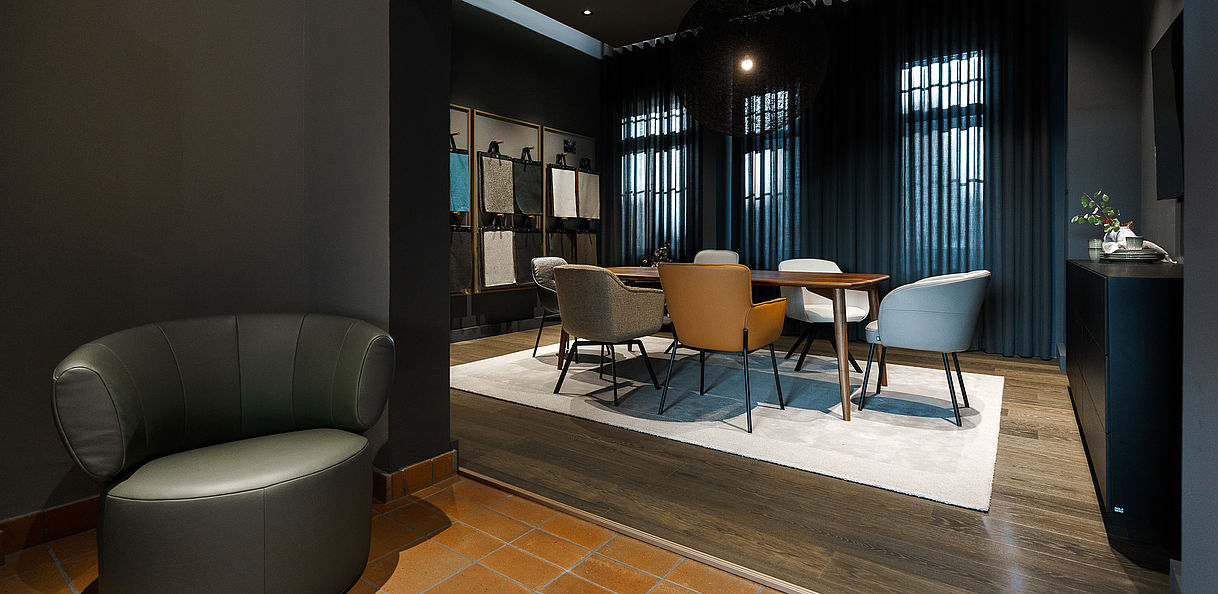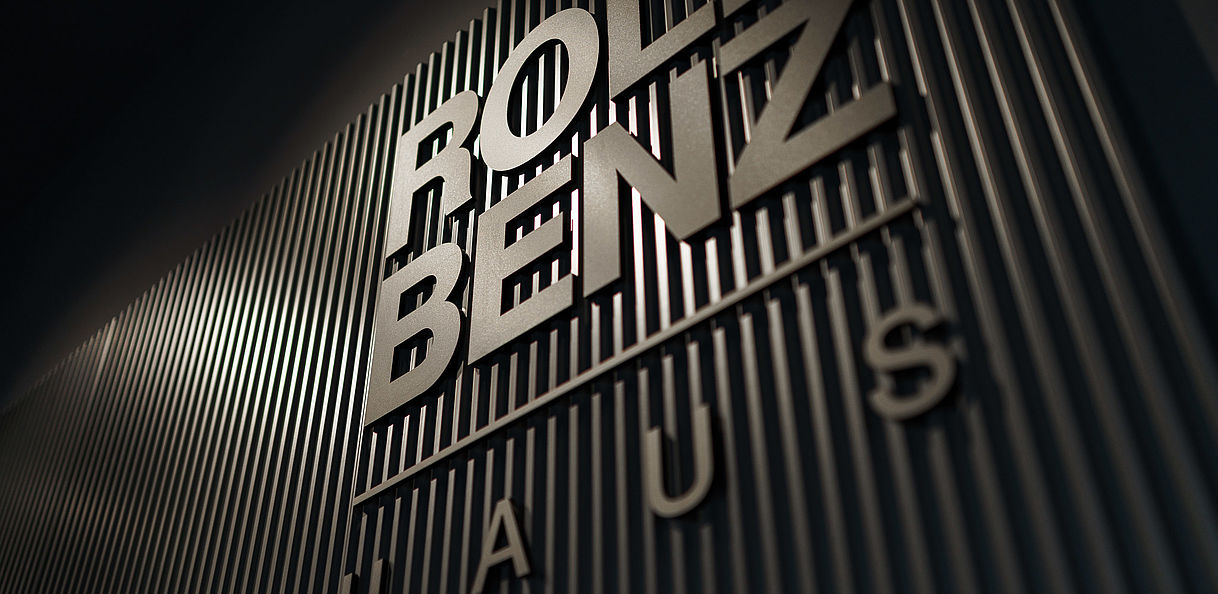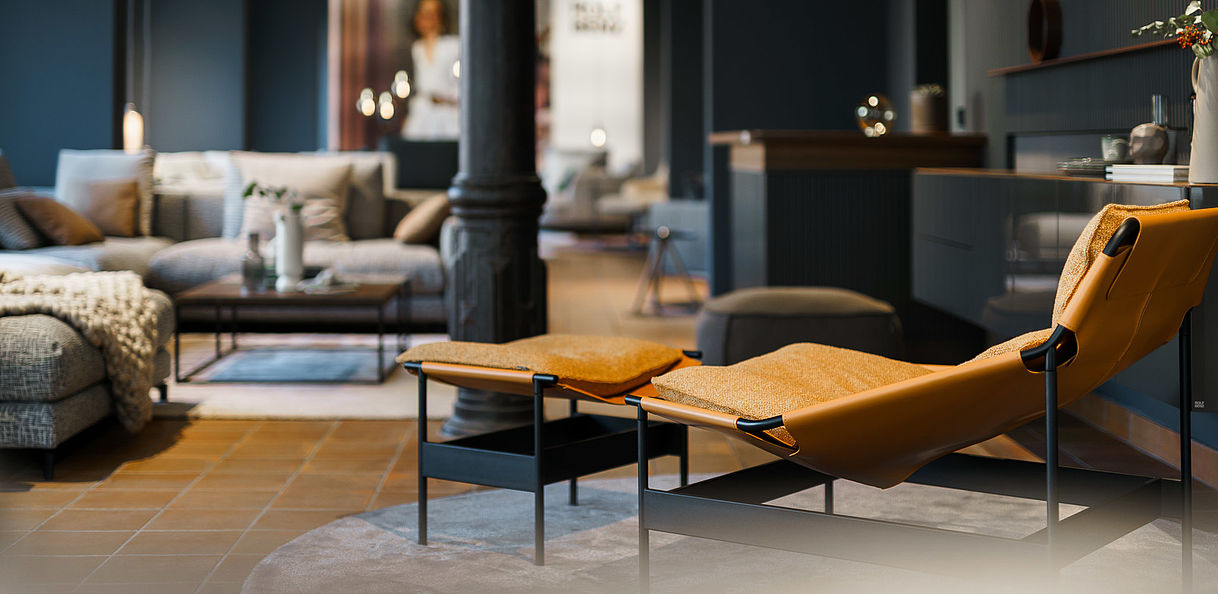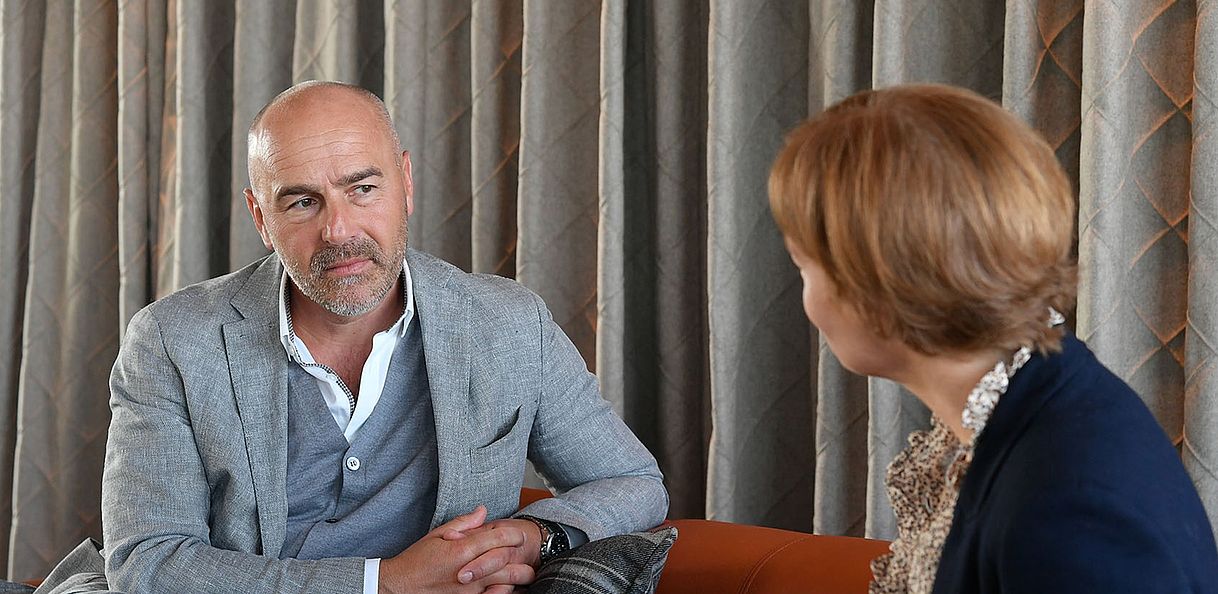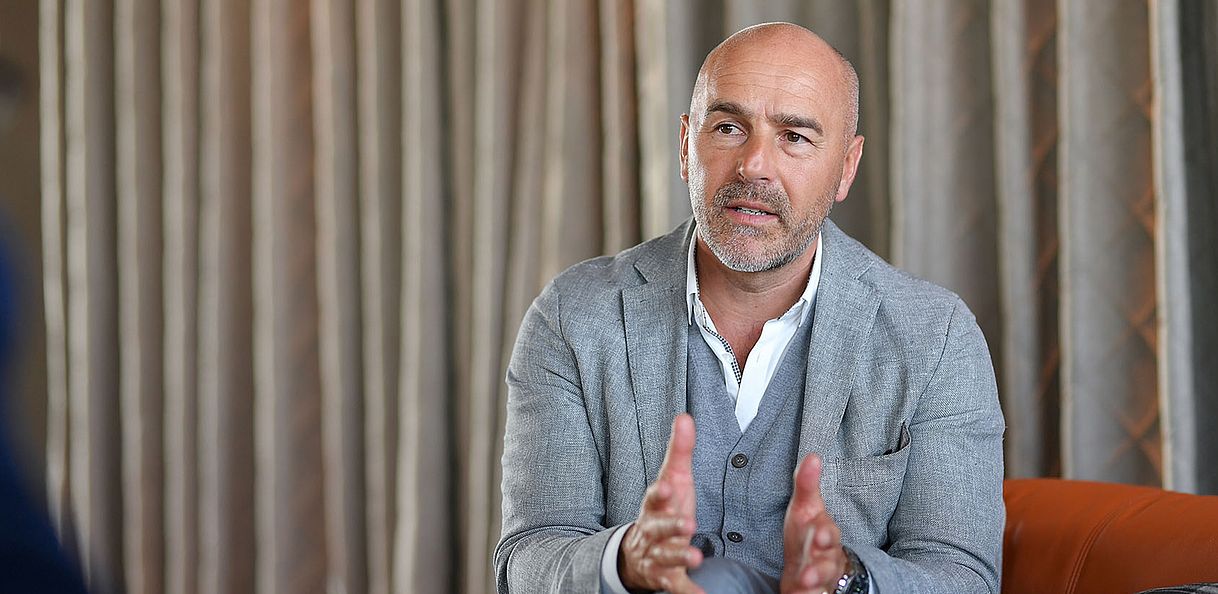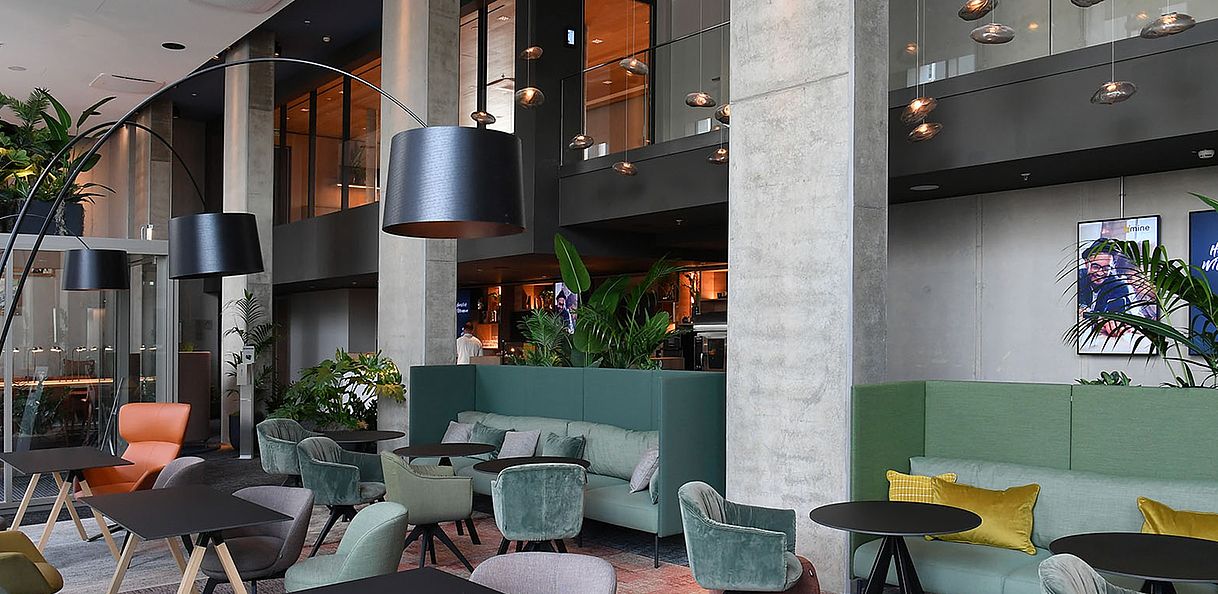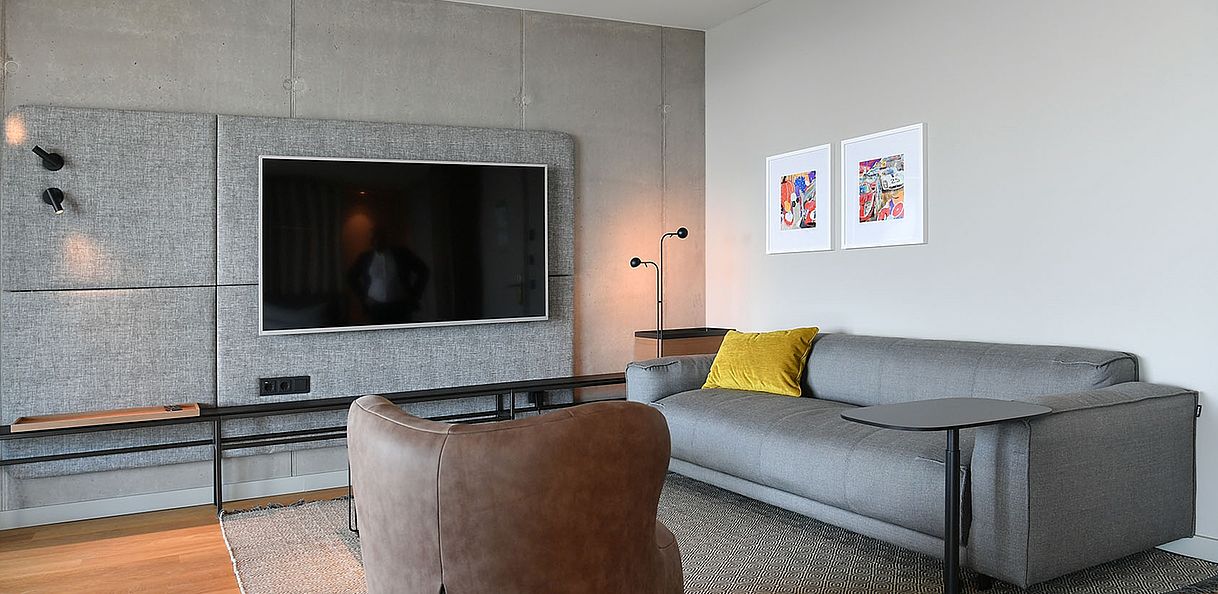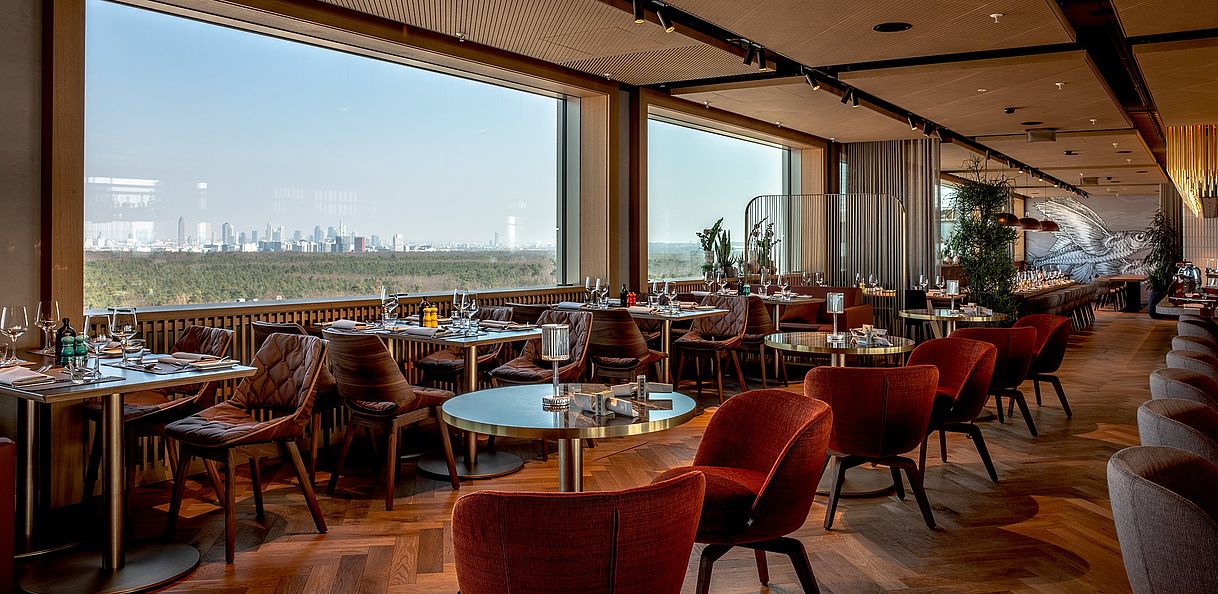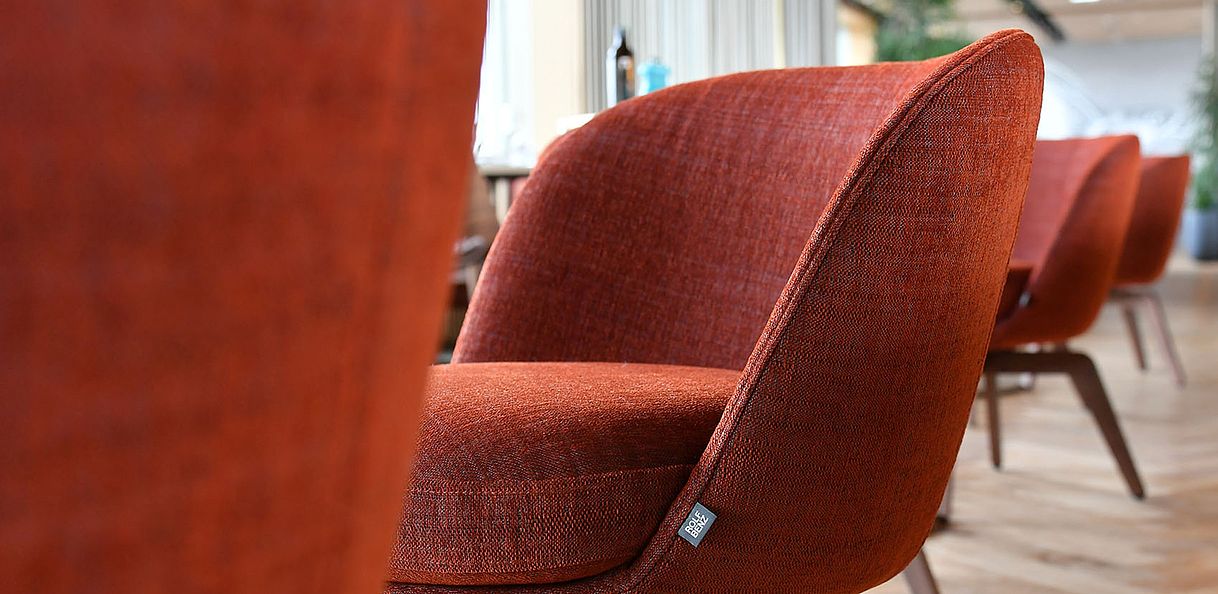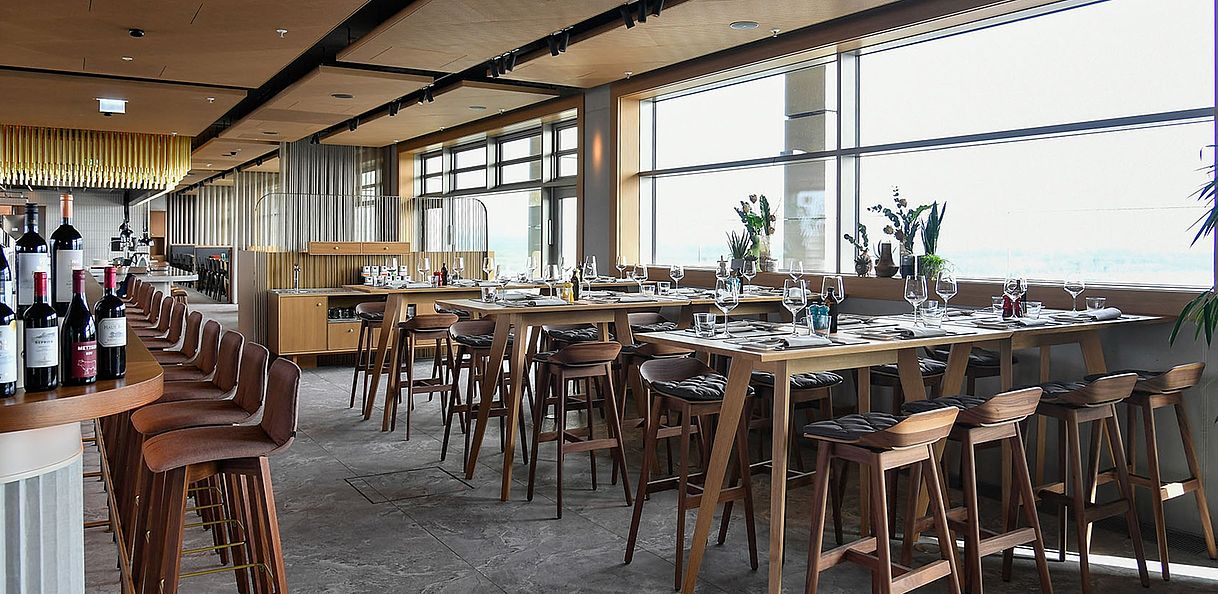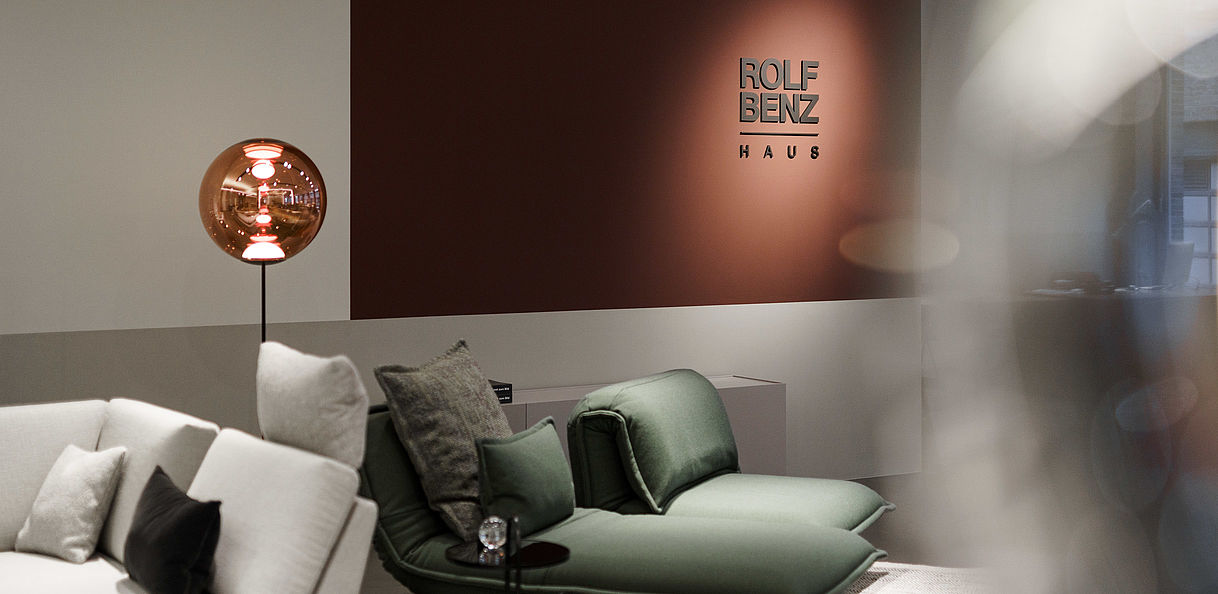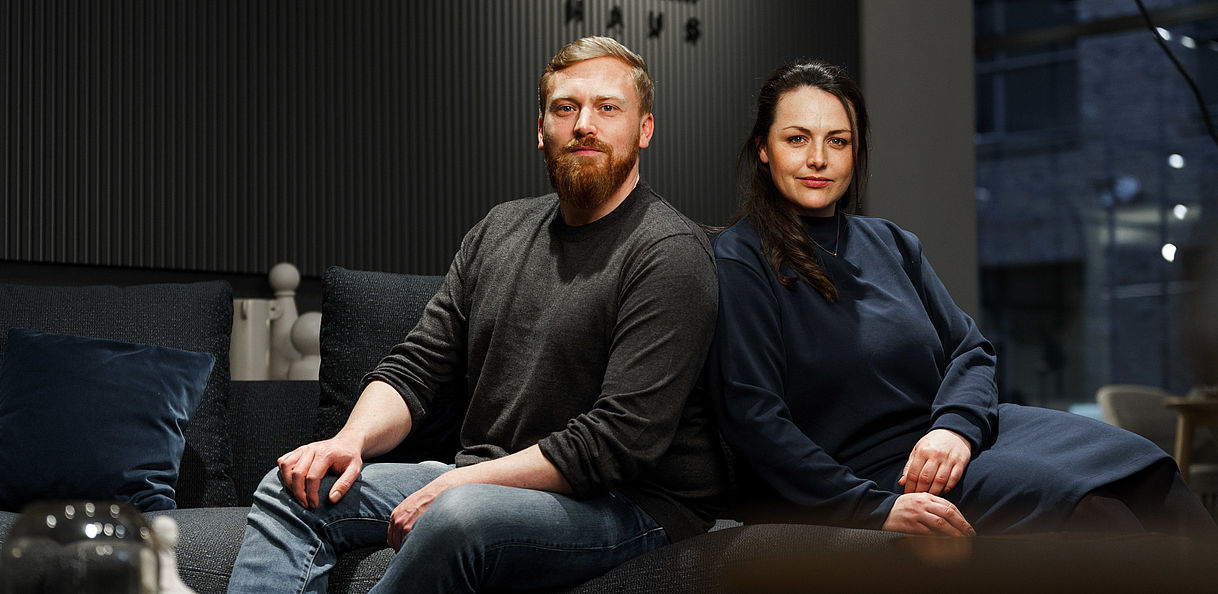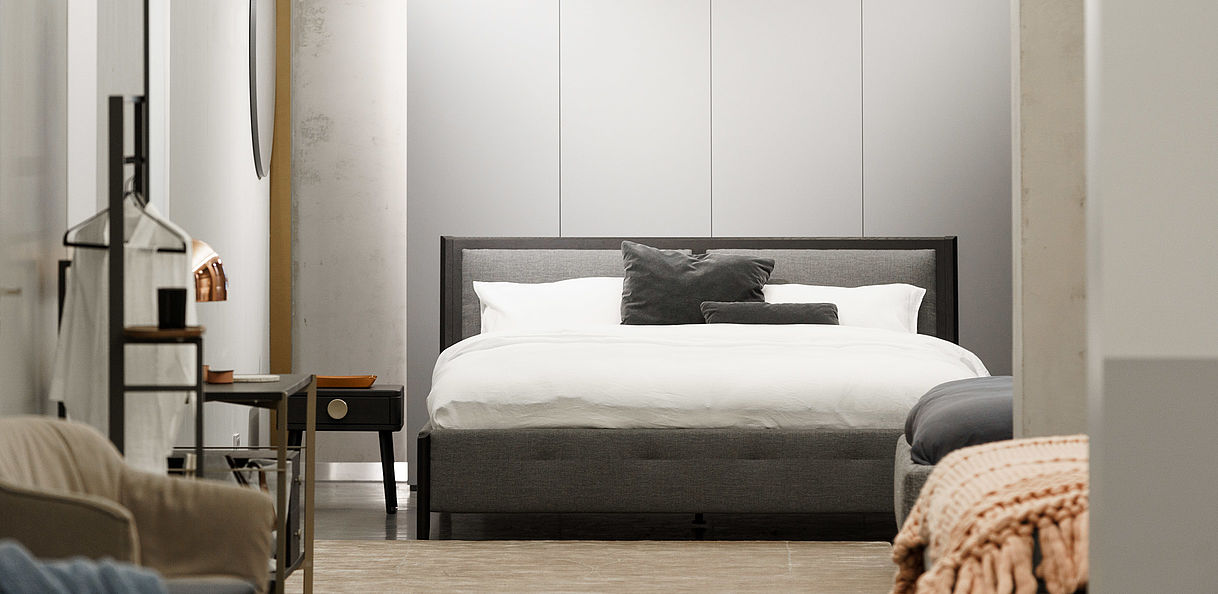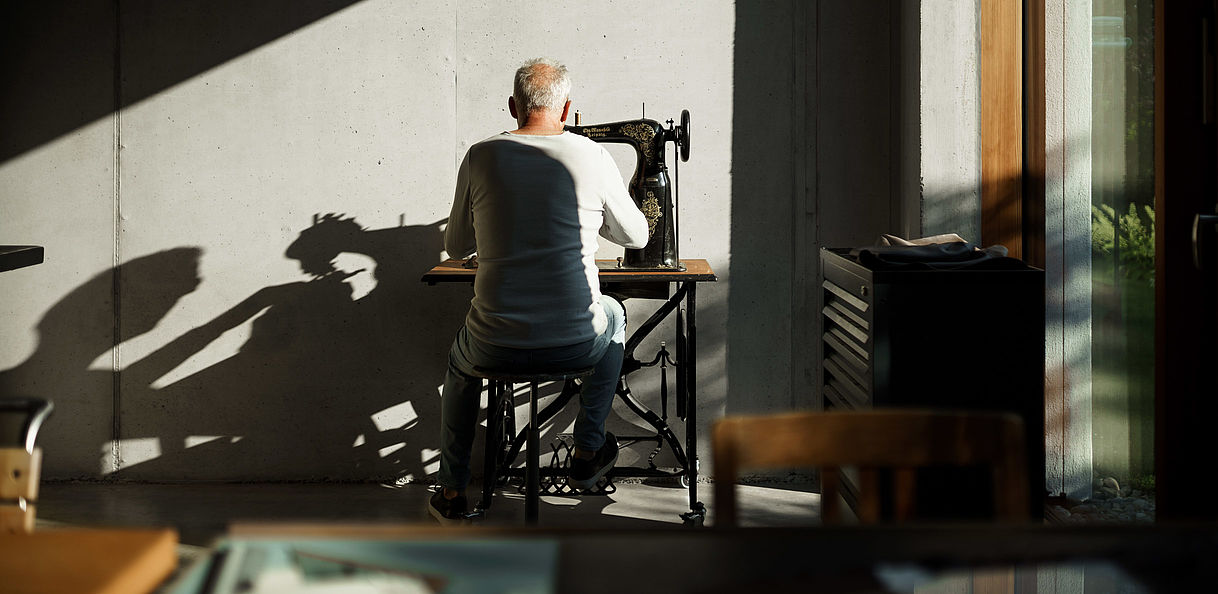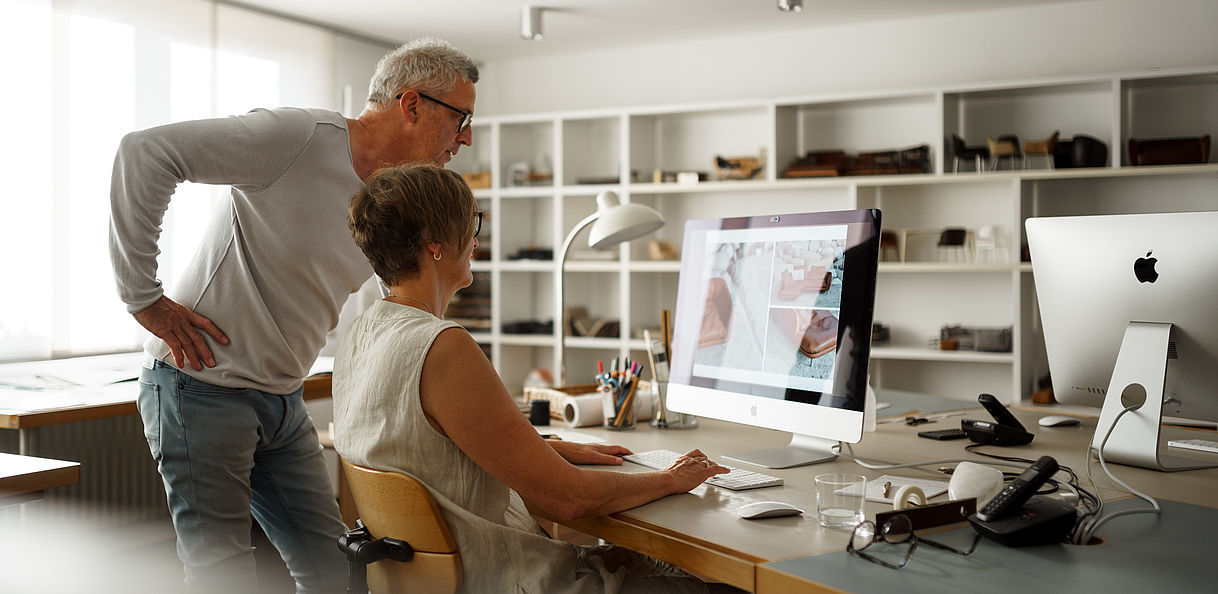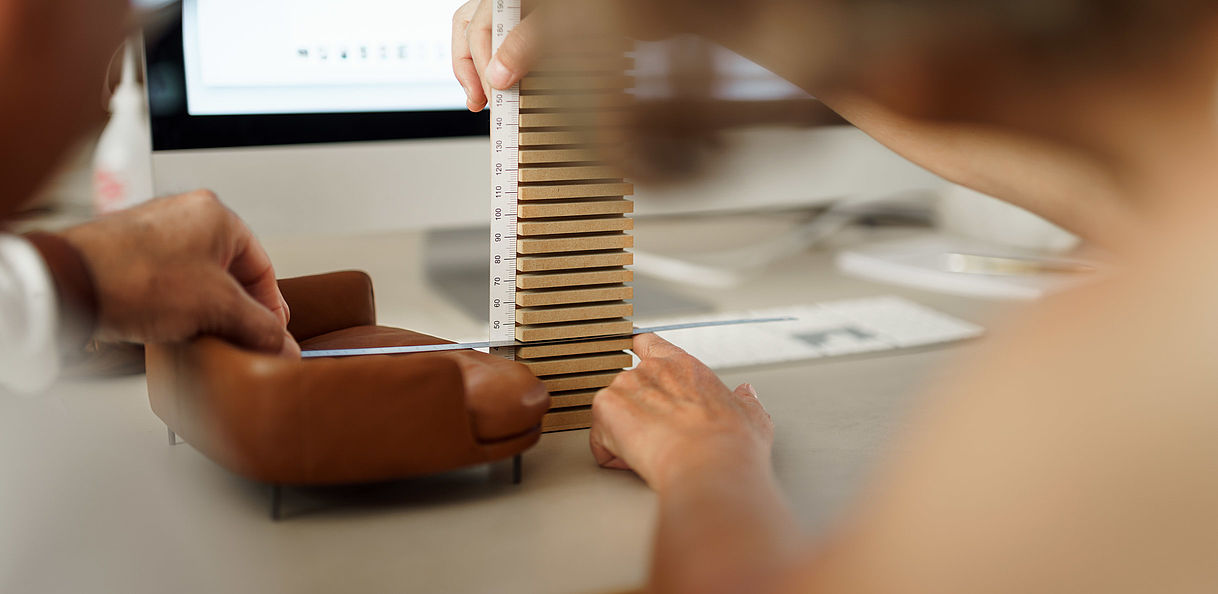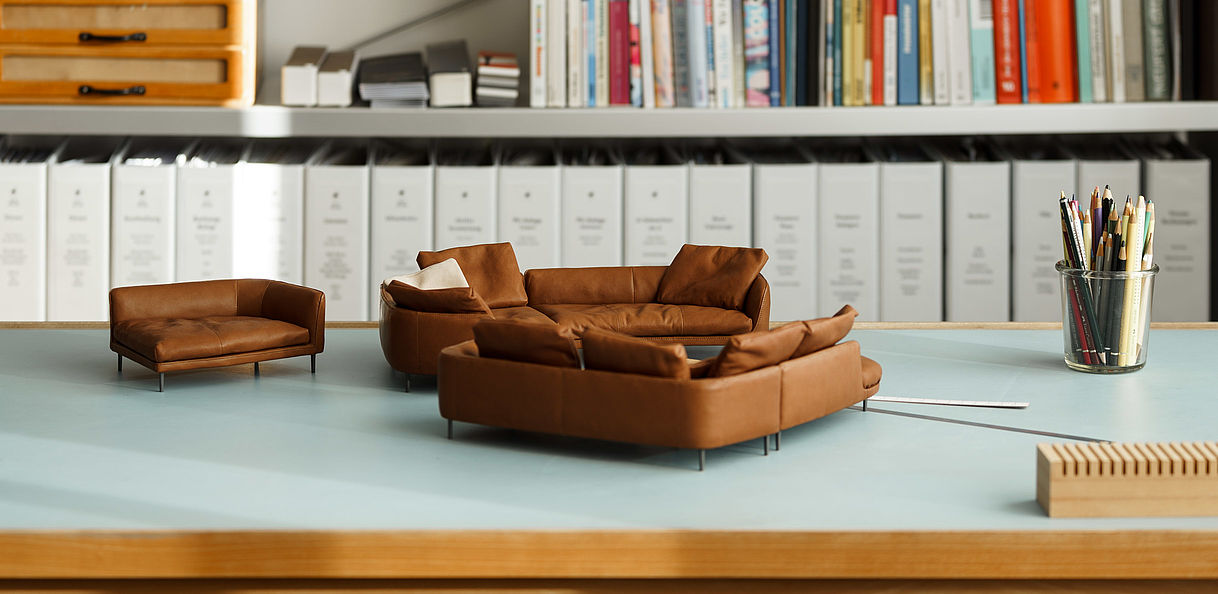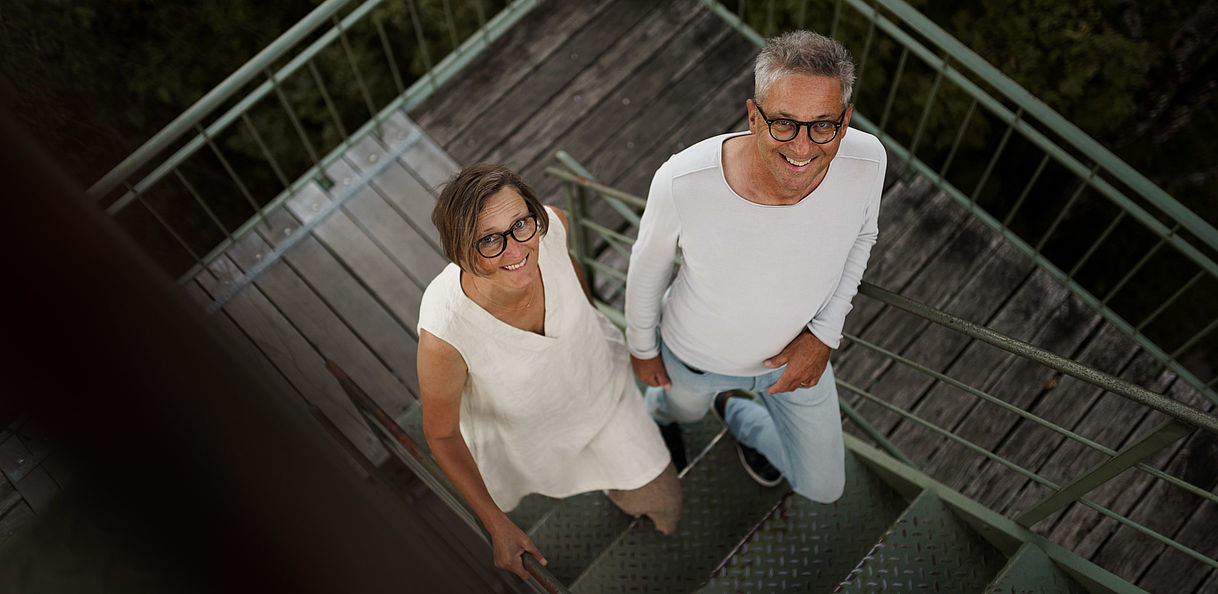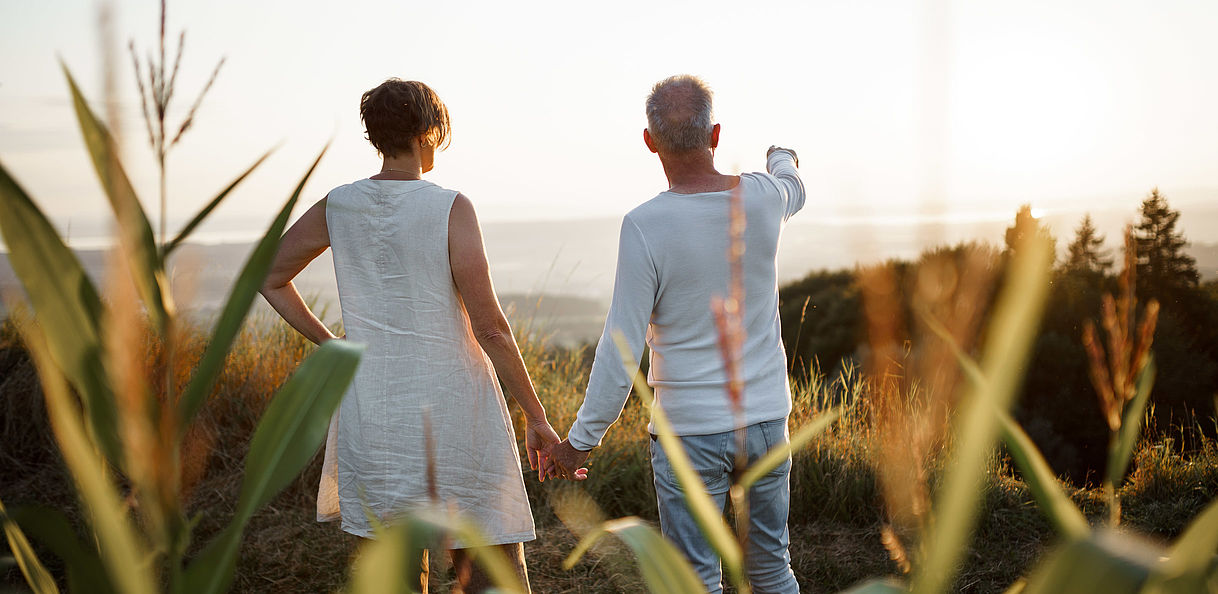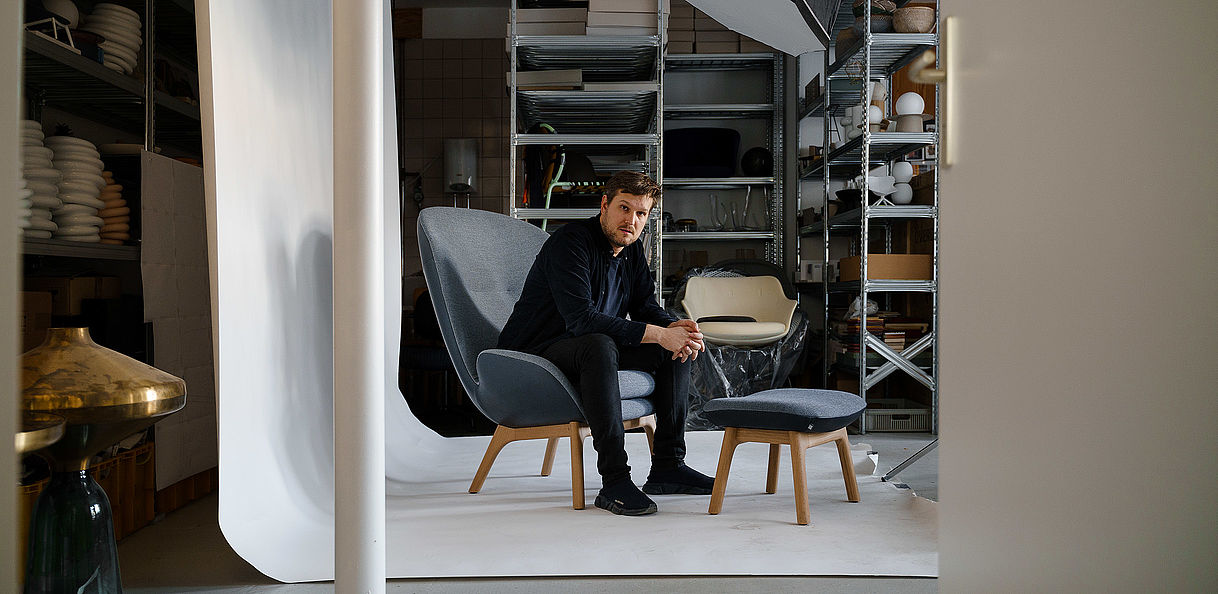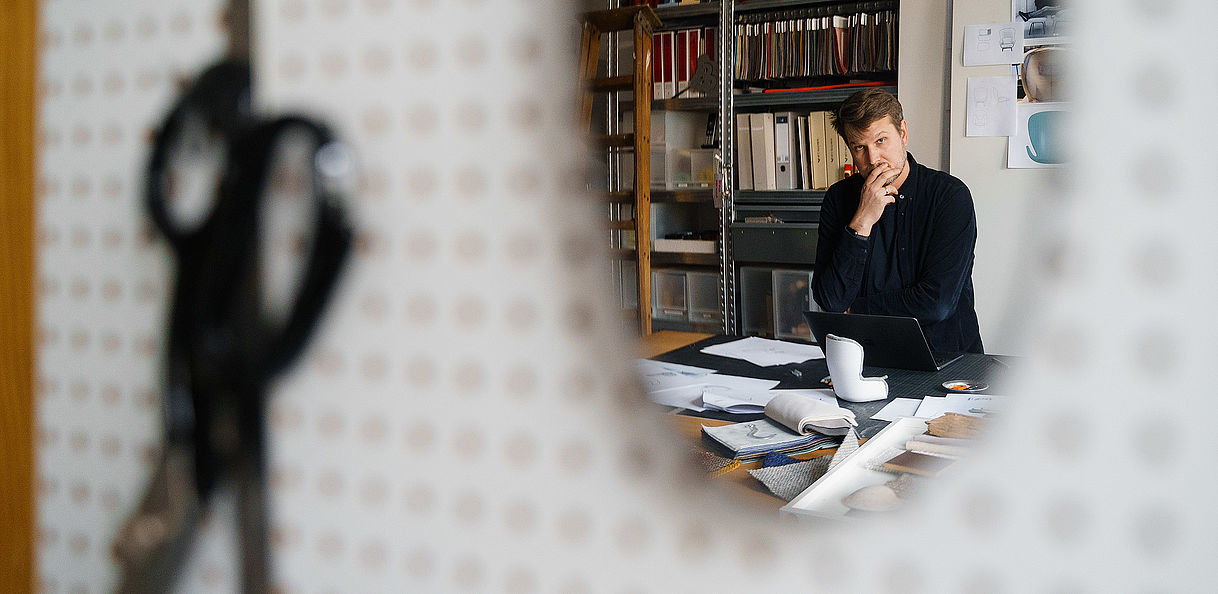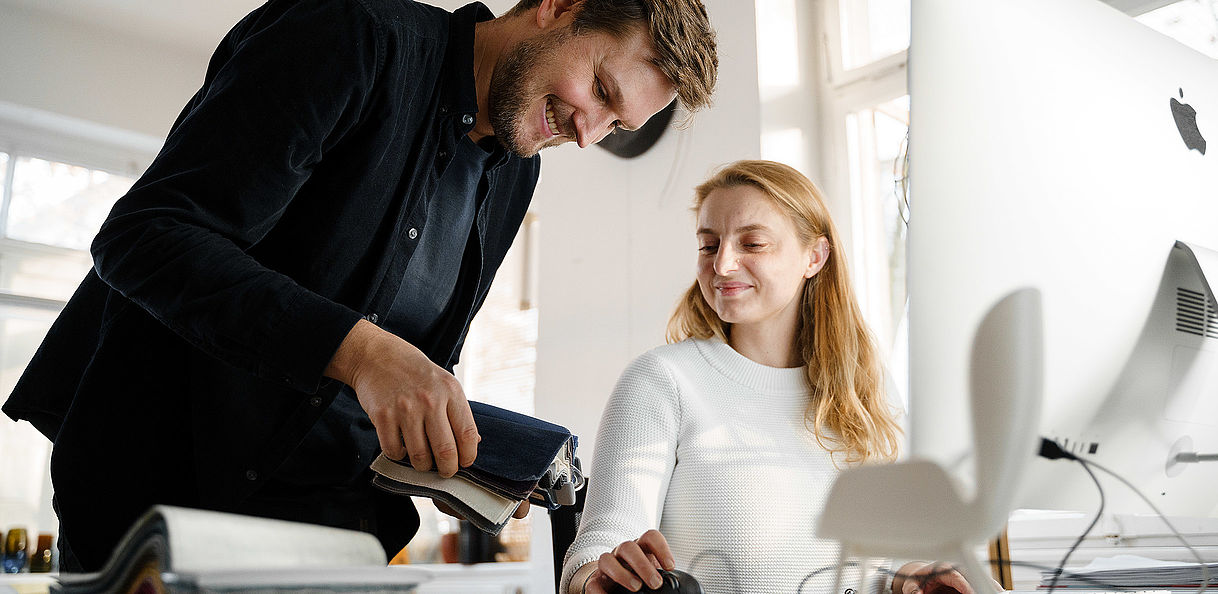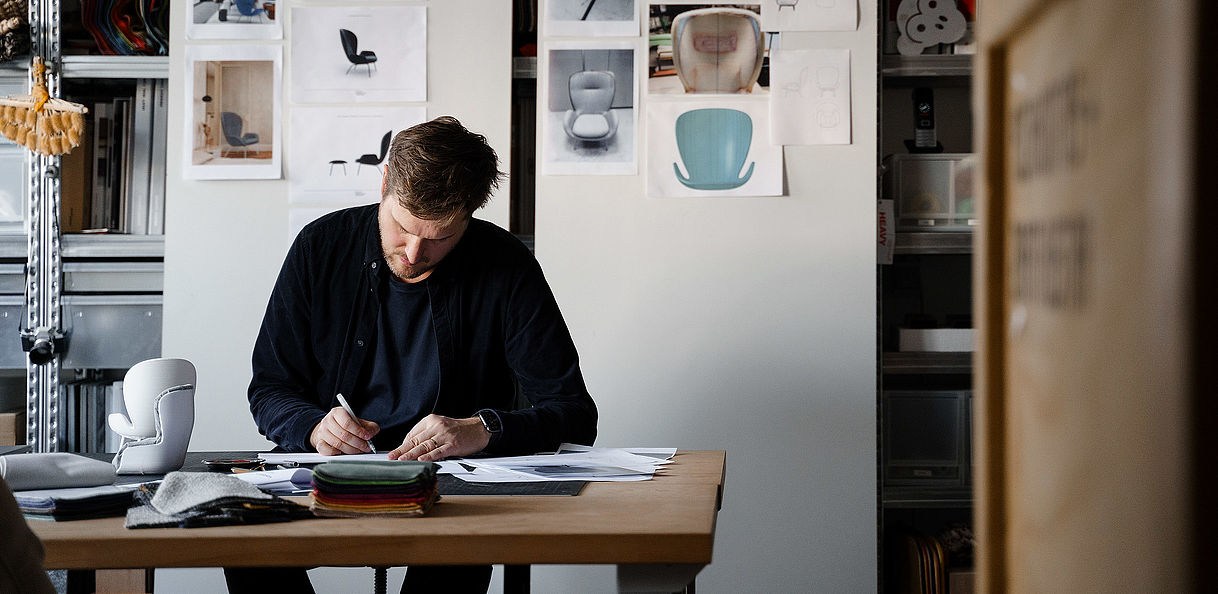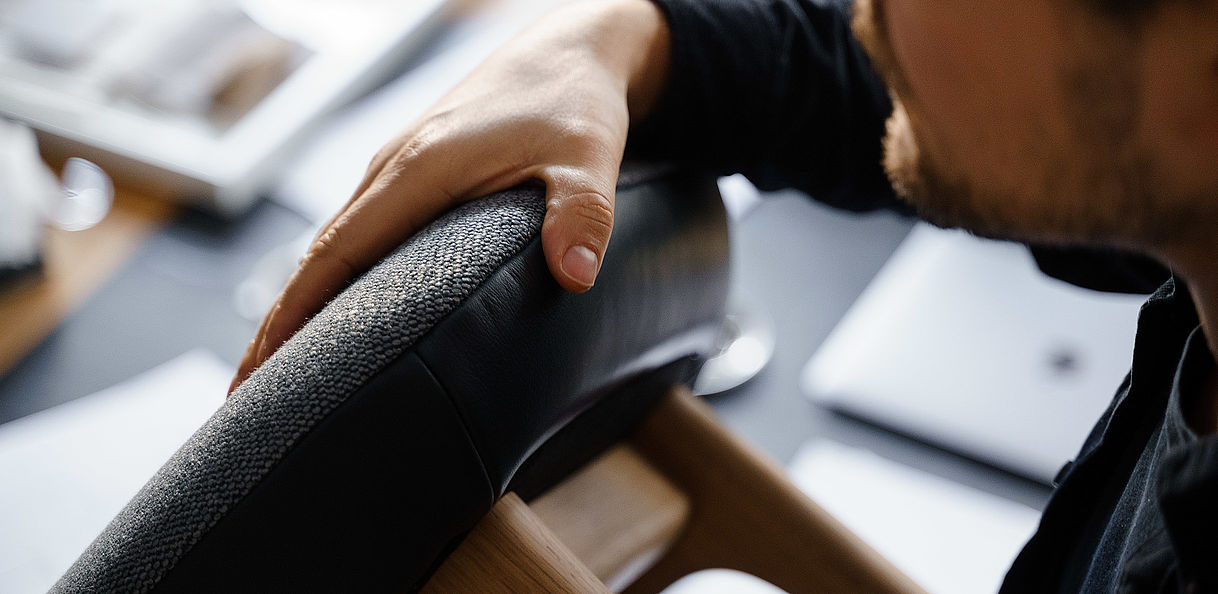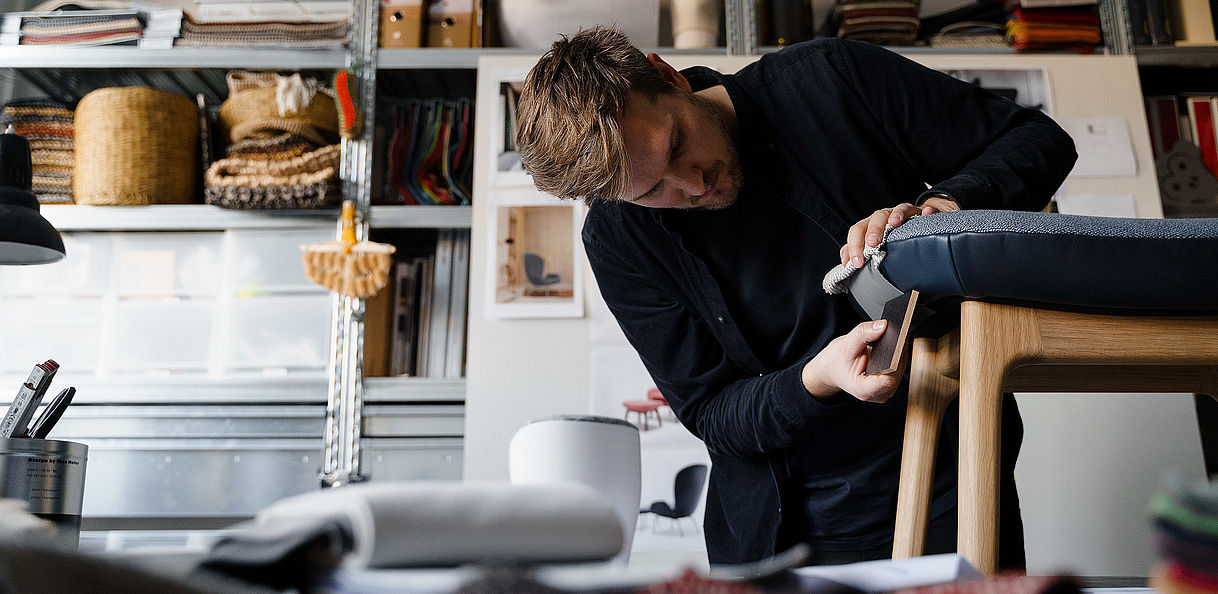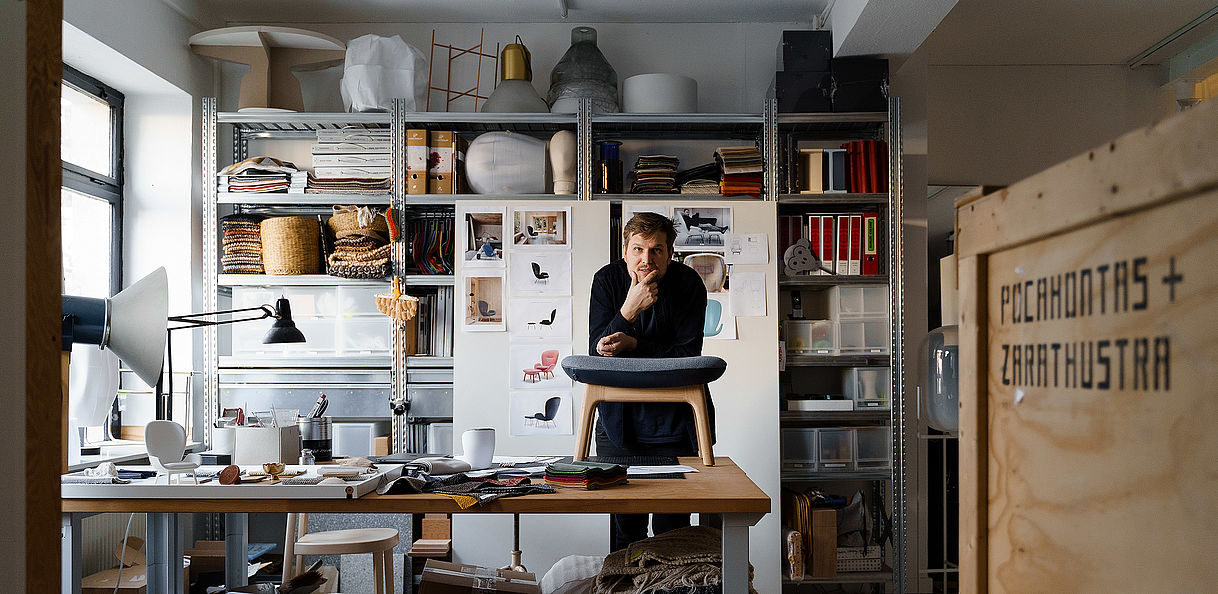Sofa Beyond Borders
Henrik Pedersen and Svend Løvbjerg of Norsmind have designed "TAYA" for Rolf Benz – a modular sofa that seamlessly connects indoors and outdoors. We spoke to the Danish designers about clarity in design, the beauty of contrast, and their collaboration with the Swabian manufacturer.
Anika Paulus: What sparked the idea behind "TAYA"?
Henrik Pedersen and Svend Løvbjerg: It came from a shift in lifestyle, and the desire to live more seamlessly between indoors and outdoors. It wasn’t driven by a single material or setting, but rather by the vision of removing the boundaries between spaces. We imagined a sofa that allowed people to extend their living space beyond walls, physically and emotionally, without compromising on comfort or aesthetics.
The name "TAYA" speaks of natural beauty and the spirit of a seeker. How do these meanings translate into the design?
Henrik Pedersen and Svend Løvbjerg: "TAYA" embodies both serenity and curiosity. There’s a lightness in the form, inspired by natural surroundings and modern beach house architecture. At the same time, it’s a piece for the seeker, someone who appreciates freedom, exploration, and living without traditional constraints. The floating frame, the fluid lines, and the tactile contrast between softness and structure all reflect this balance.
Norsmind is a design studio that draws from curiosity and exploration. How did that mindset influence your design approach?
Henrik Pedersen and Svend Løvbjerg: Our mindset is always to ask, "what if?” With "TAYA", we didn’t begin with limitations. We explored freely across materials, settings, and expectations. That curiosity led us to reimagine the boundaries of a sofa, resulting in a piece that works effortlessly inside and outside. We allowed design and function to evolve hand in hand, always questioning norms and challenging conventions.
Were there significant challenges designing a piece for both indoors and outdoors?
Henrik Pedersen and Svend Løvbjerg: The biggest challenge was achieving outdoor durability without sacrificing the premium comfort and aesthetic typically reserved for indoor furniture. But this also became our greatest opportunity. With Rolf Benz, we were able to apply their technical expertise to develop solutions such as weather-resistant materials, removable covers, and advanced upholstery techniques that make "TAYA" a truly dual-environment sofa, without compromise.
"TAYA’s" shows a strong interplay of sharp outsides and supersoft insides. How did you balance structure and softness in your design process?
Henrik Pedersen and Svend Løvbjerg: It was very intentional. We approached the design like a small architectural project, sculpting a frame that’s visually precise and almost graphic, and then offsetting it with the kind of softness that invites you in. This contrast makes "TAYA" both a strong design statement and a place of true relaxation. The balance came from constant testing and refining. Structure and softness had to coexist, not compete.
There’s a clear dialogue between Danish minimalism and Swabian perfectionism in "TAYA"…?
Henrik Pedersen and Svend Løvbjerg: We saw this as a creative tension that could elevate the result. Danish design brings clarity, restraint, and honesty. The Swabian side, represented by Rolf Benz, brings a level of depth, precision, and luxury engineering that is quite unique. We worked closely with their team to maintain the minimalist essence while refining every detail to meet their incredibly high manufacturing standards. The result is simple, but nothing about it is easy.
So their manufacturing approach resonated with you, and drew you to collaborate with Rolf Benz?
Henrik Pedersen and Svend Løvbjerg: Absolutely. Rolf Benz shares our ambition to push boundaries and do things properly. Their openness to exploring a new typology of premium outdoor living, executed to indoor quality standards, was rare and refreshing. Their ethos of perfection, paired with their willingness to challenge norms, made them the ideal partner for "TAYA".
Durability and sustainability are clearly important here. How did the collaboration with Rolf Benz shape those decisions?
Henrik Pedersen and Svend Løvbjerg: Their experience was crucial. Rolf Benz brought deep material knowledge and a commitment to longevity. Together, we selected textiles that were not only beautiful and tactile but also engineered for long-term use, even outdoors. The decision to make all covers removable and easy to maintain came from our shared belief that design should be built to last, both functionally and emotionally.
Was there a moment in the process when you felt you were really pushing limits?
Henrik Pedersen and Svend Løvbjerg: One moment stands out: when we insisted that the outdoor version of TAYA should have the same tailored elegance as the indoor one. Rather than compromise or simplify, the Rolf Benz team found ways to adapt their indoor upholstery techniques for outdoor performance. It required new solutions, but they didn’t back down. That courage made "TAYA" what it is.
The "Lounge Plus” and "Lounge Deluxe” options suggest a deep sensitivity to individual comfort…
Henrik Pedersen and Svend Løvbjerg: Yes. Comfort today is not one-size-fits-all. It’s personal, contextual, and sensory. Some want to sink in, others prefer more support. We explored different levels of seat depth, cushion structure, and textile touch to accommodate those needs. True comfort comes from feeling at home, and "TAYA" offers options that allow you to define what that means.
The "TAYA" collection includes a coffee table and shelves – a natural extension of the sofa?
Henrik Pedersen and Svend Løvbjerg: Exactly. We wanted to create a full living experience. The coffee table and shelving follow the same design logic: floating structures, tactile surfaces, functional beauty. They aren’t add-ons, but integral parts of the "TAYA" world, designed to extend the story and enrich the space around the sofa.
Do you each have a favourite detail in the "TAYA" collection?
Henrik Pedersen: For me, it’s the way the frame almost disappears from certain angles. That visual lightness is something I really love, it makes the sofa feel like it’s floating.
Svend Løvbjerg: I am drawn to versatility. Seeing the same piece work beautifully on a rooftop terrace and in a penthouse living room, that’s powerful. It proves that design doesn’t need to be confined by walls.


